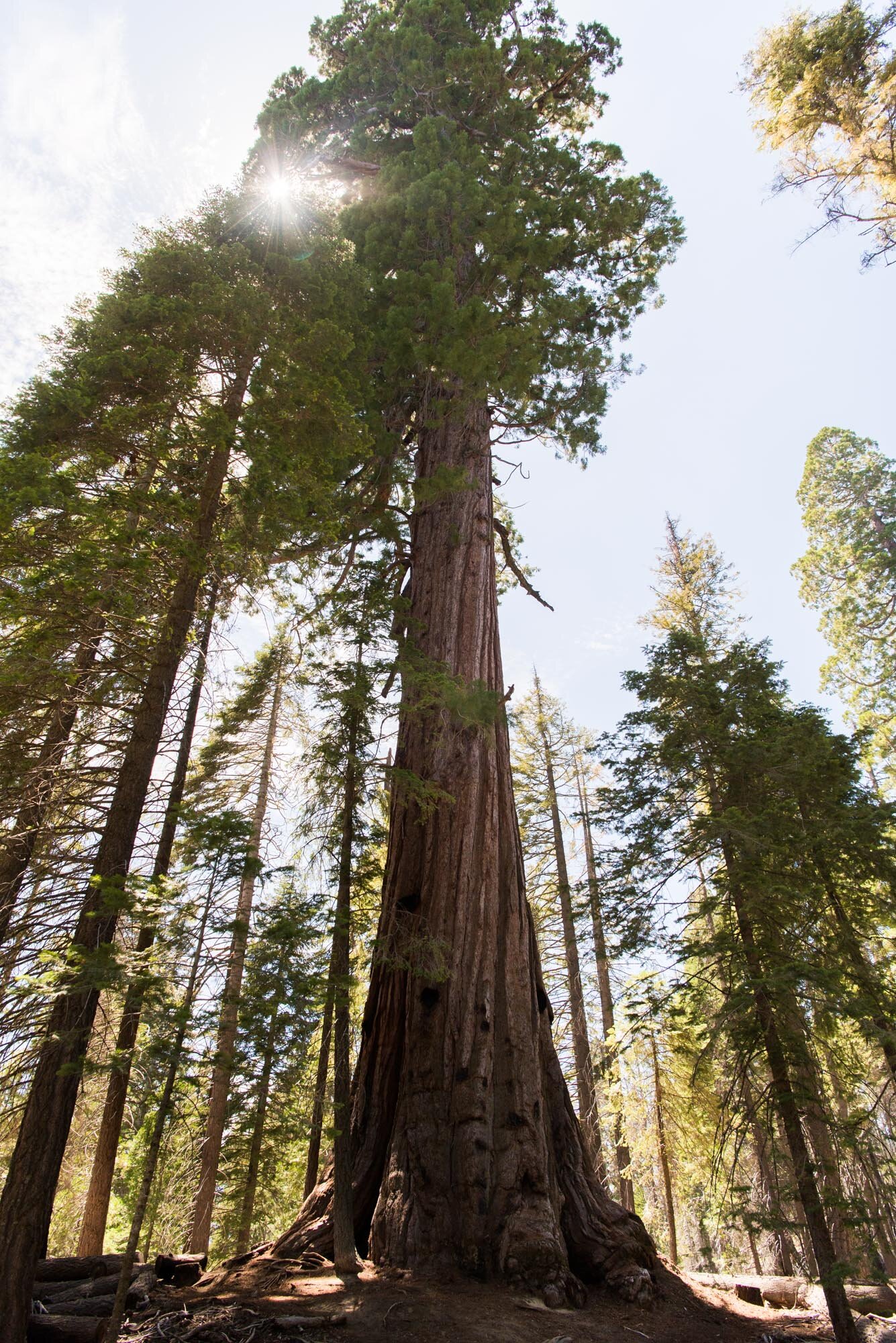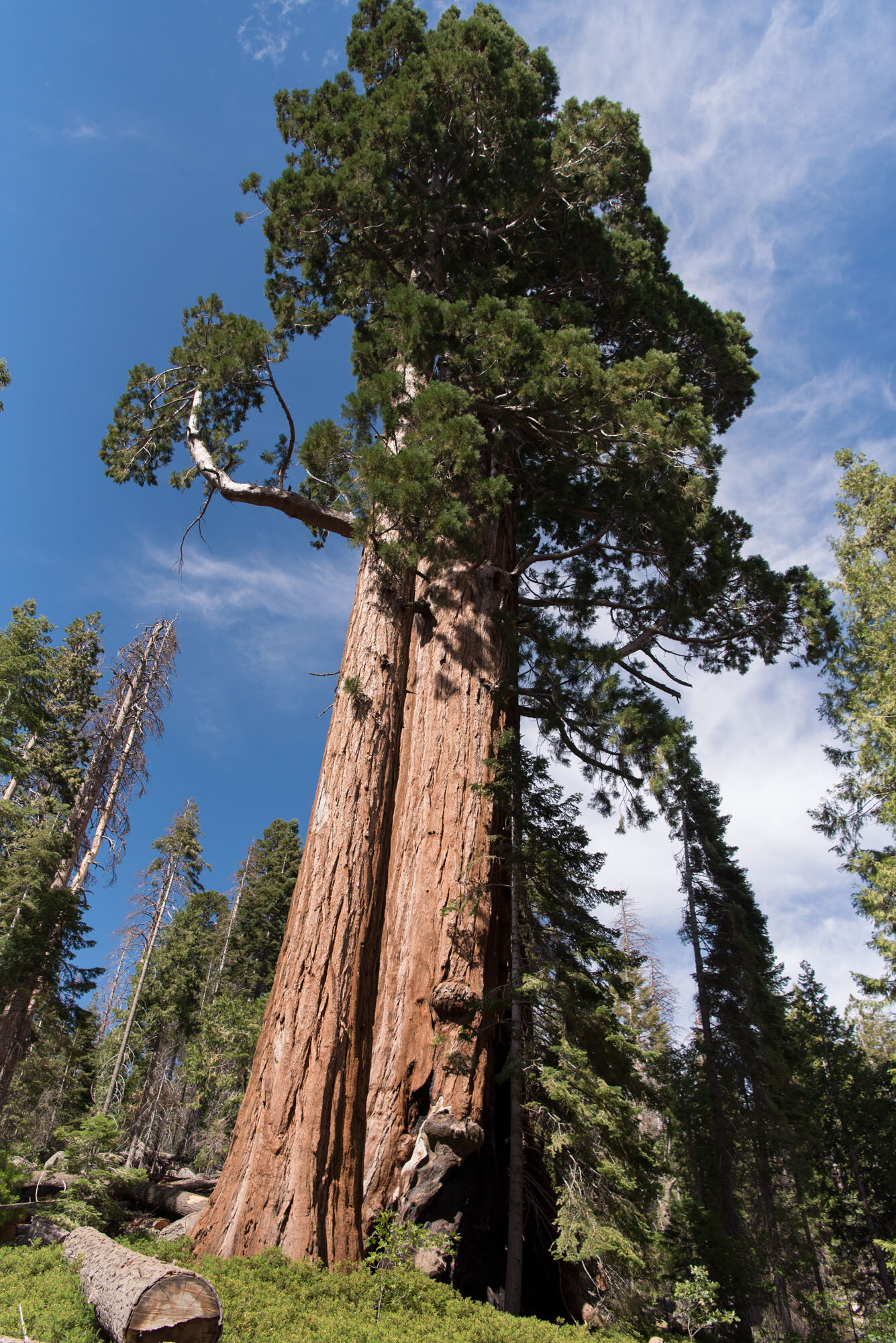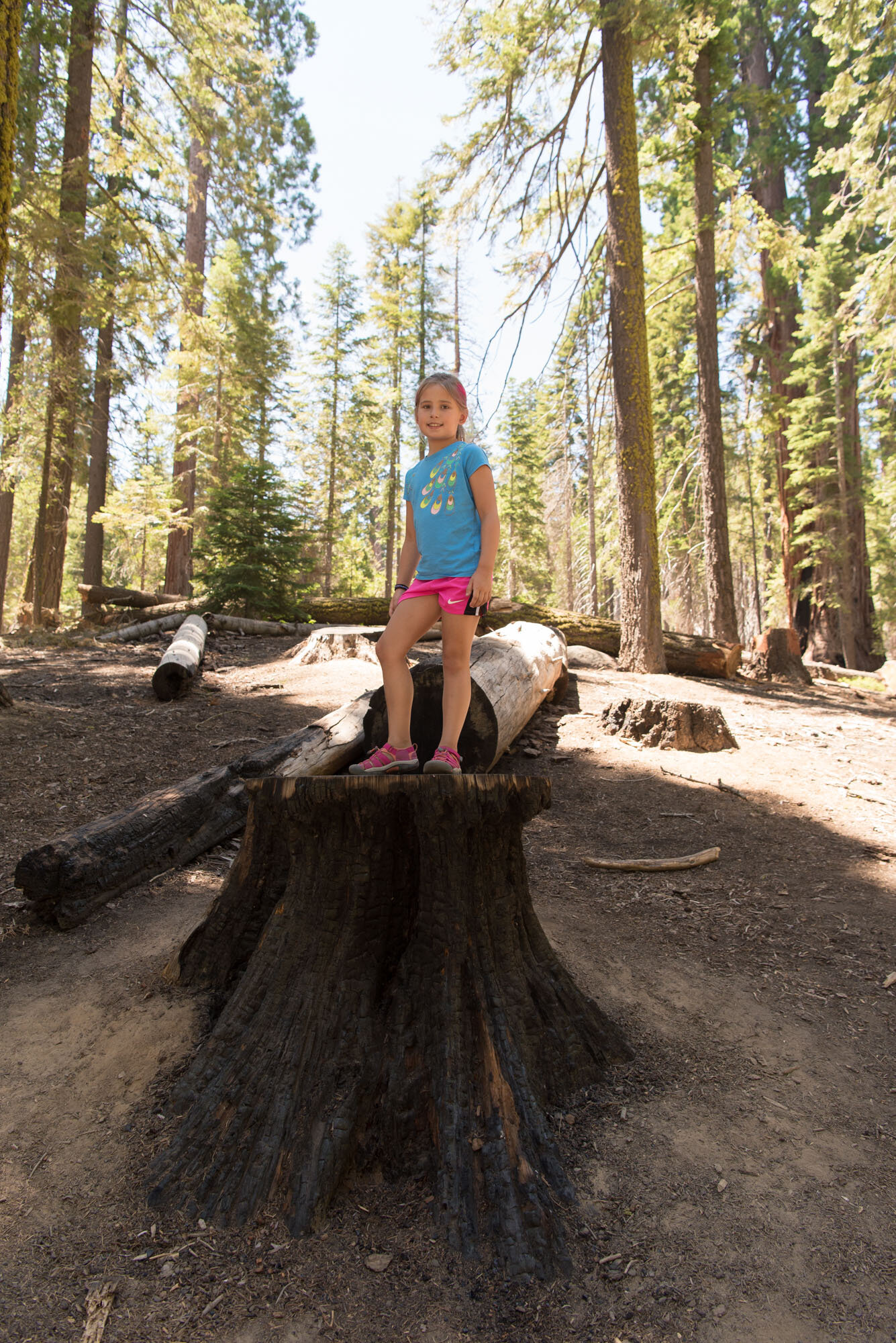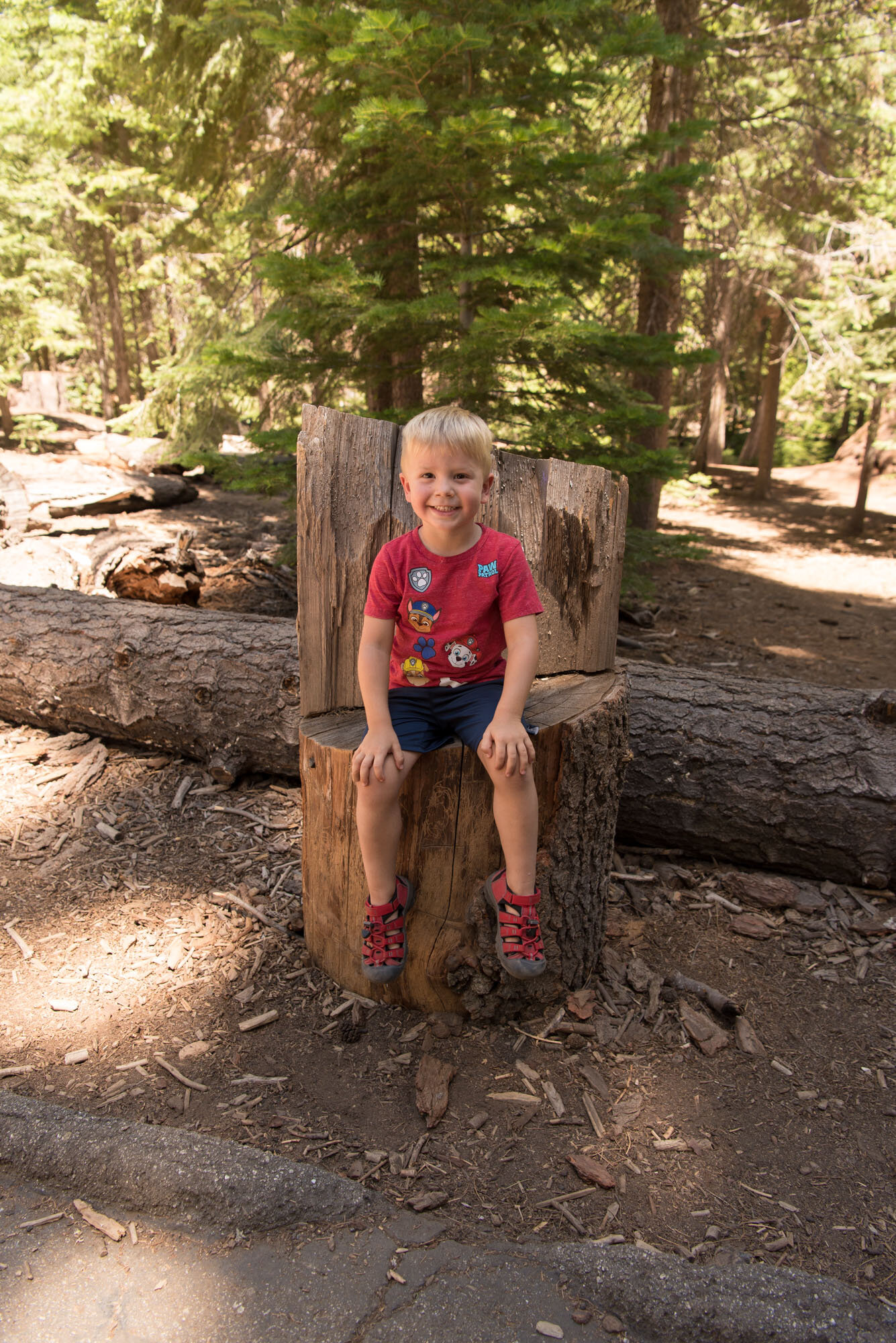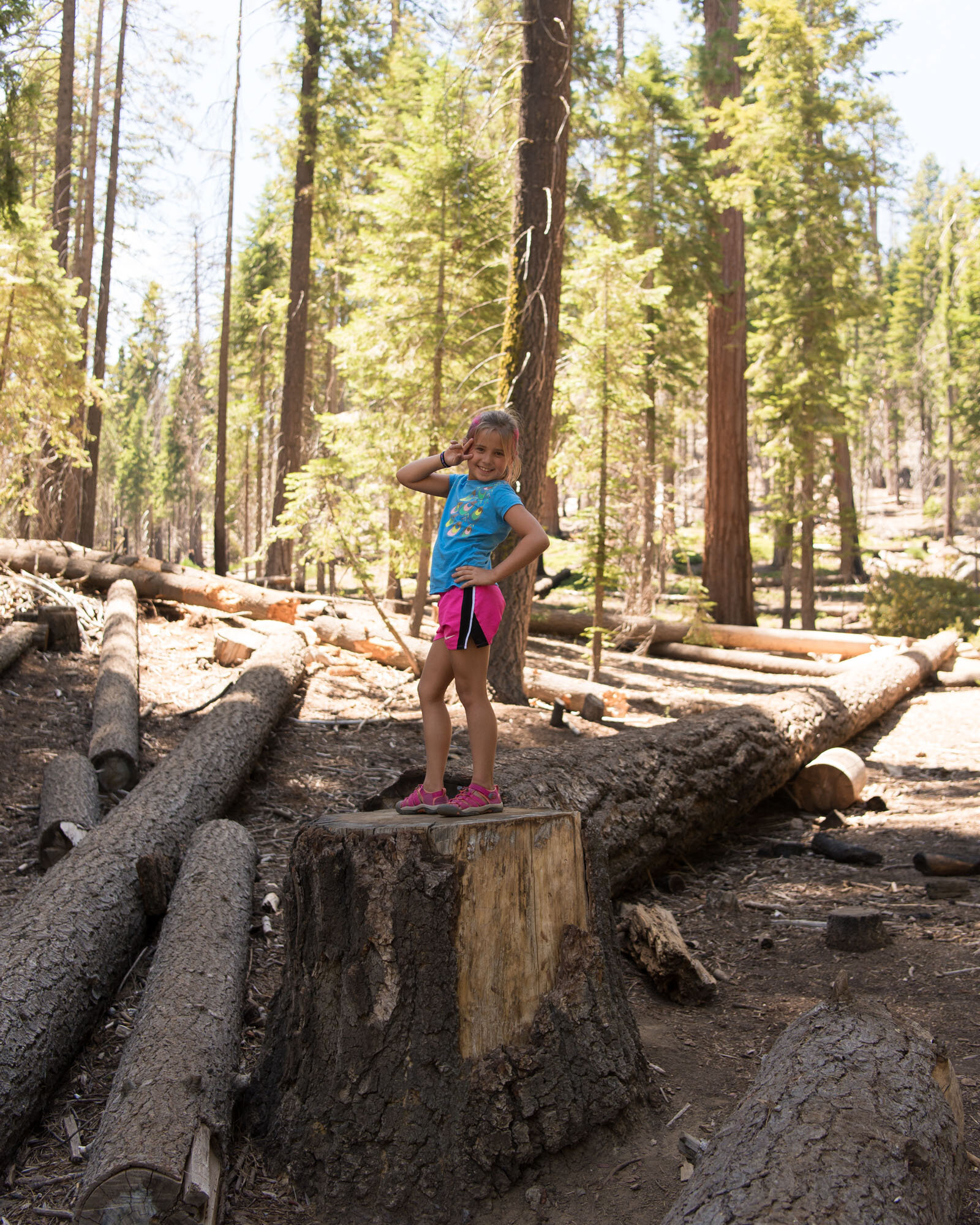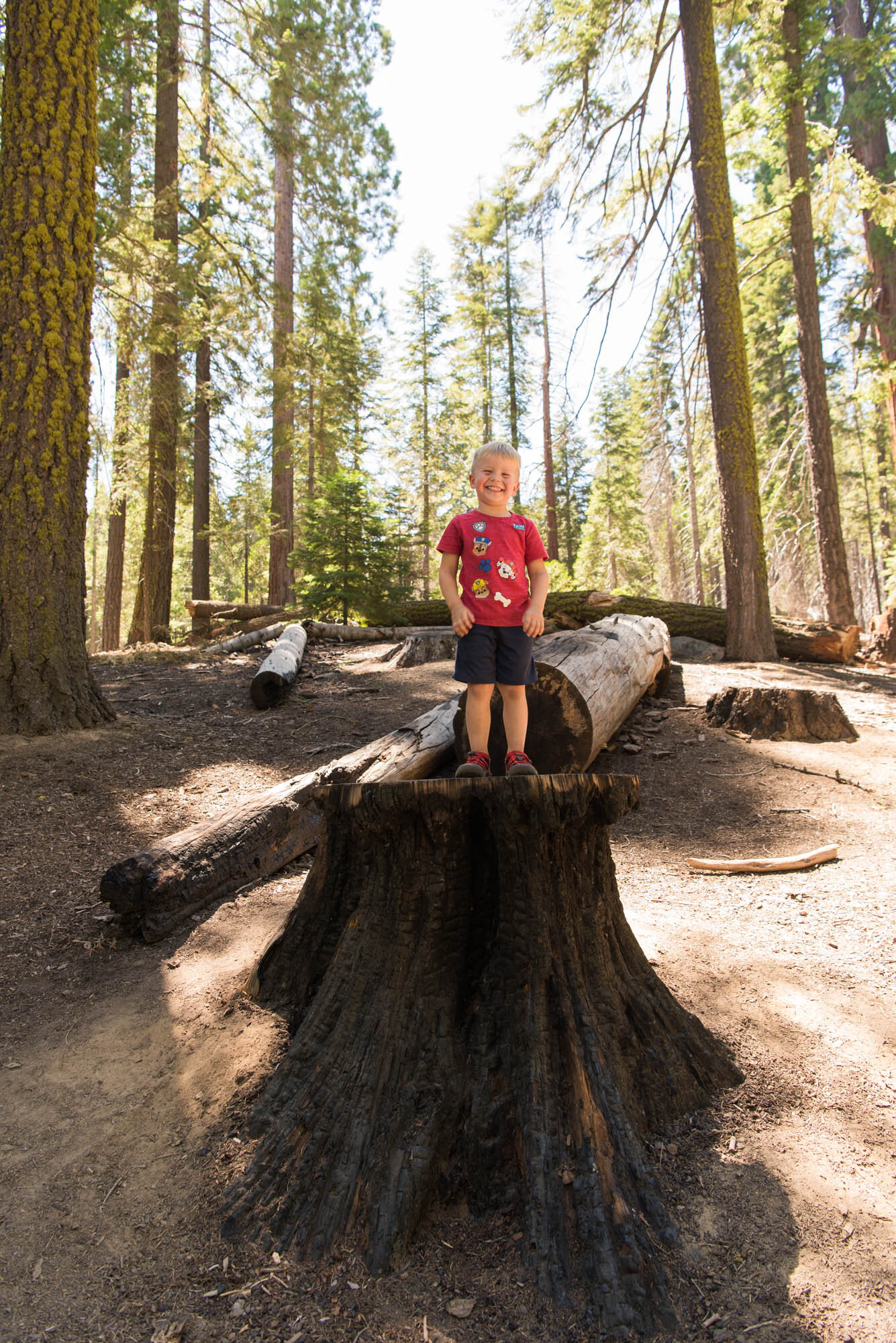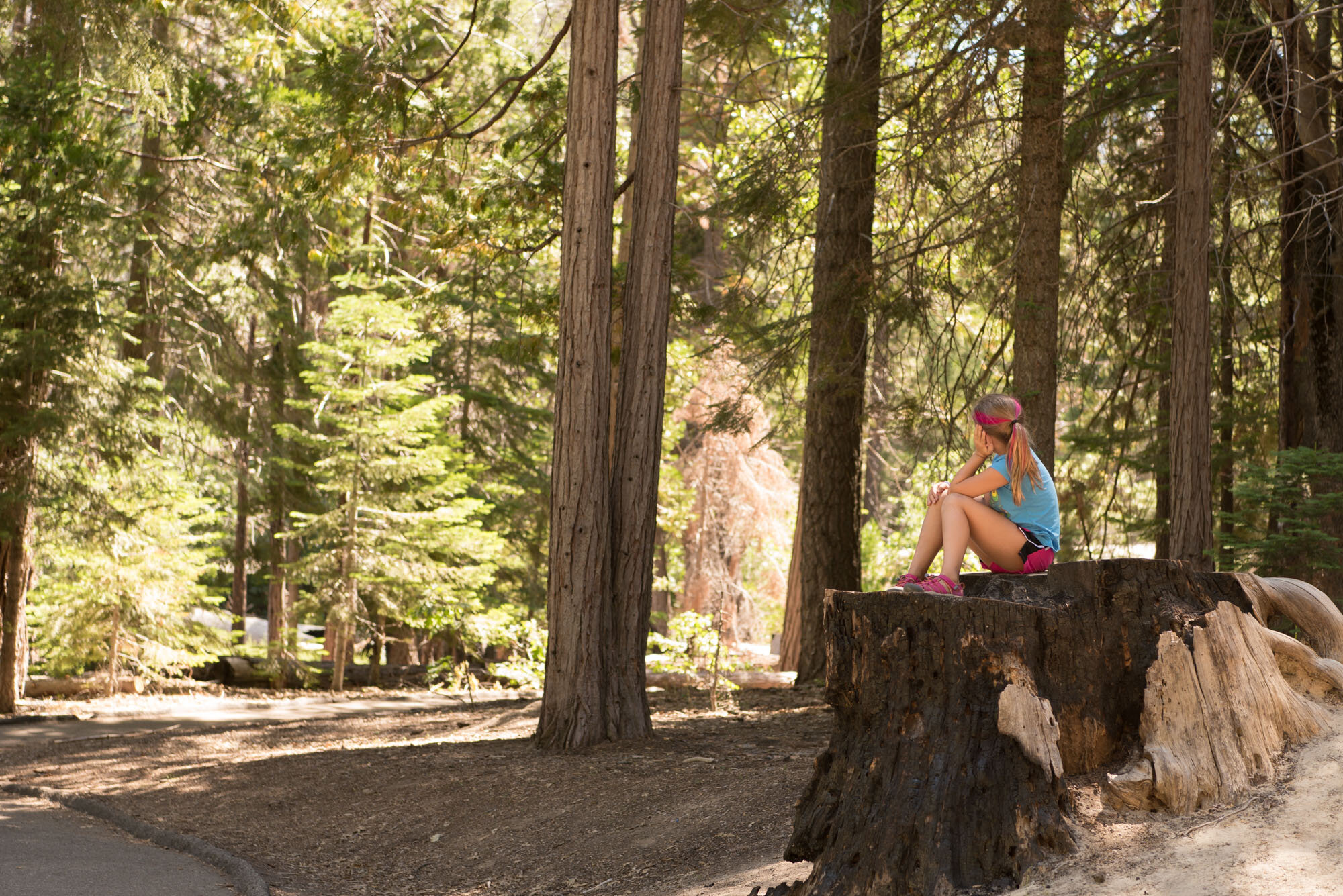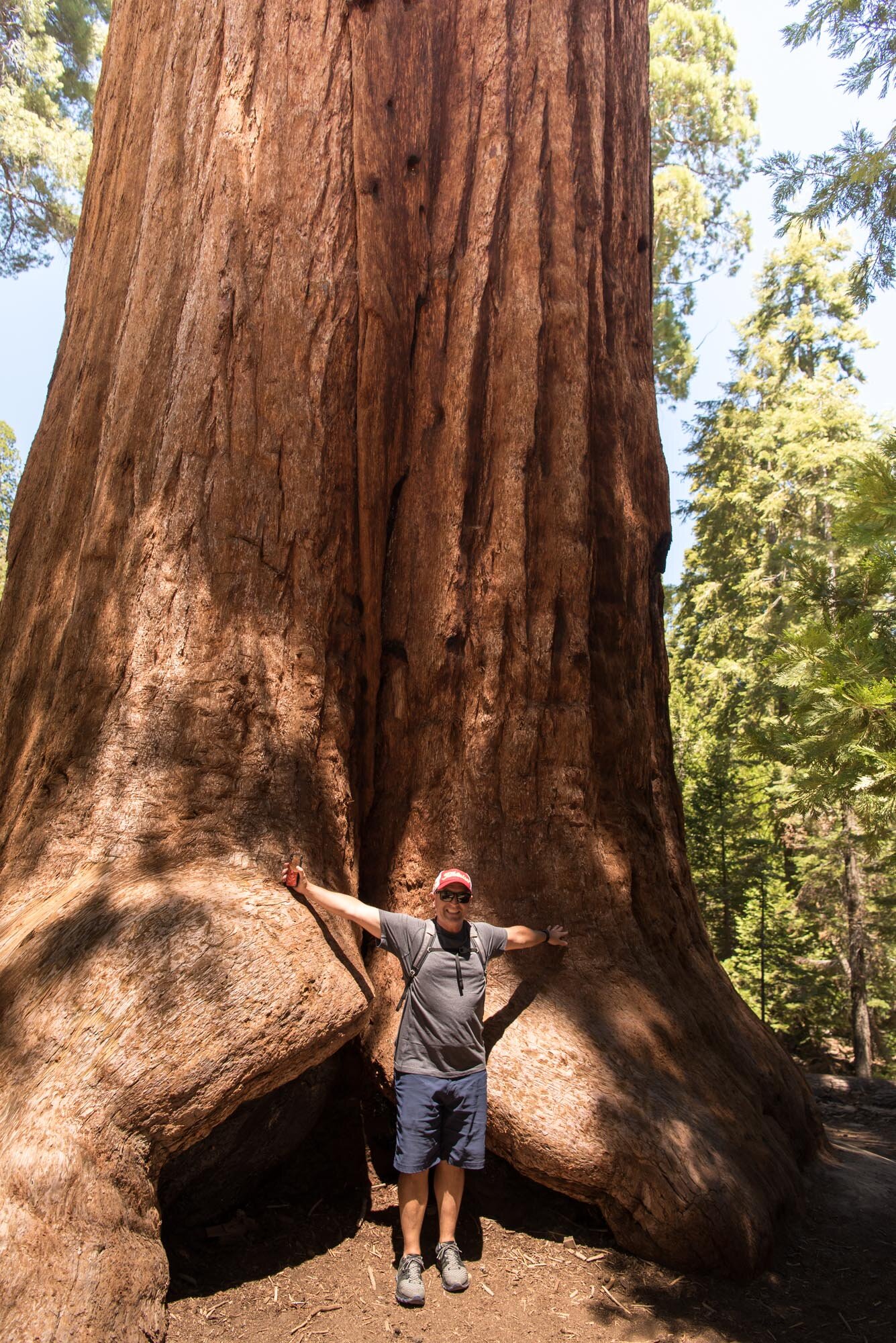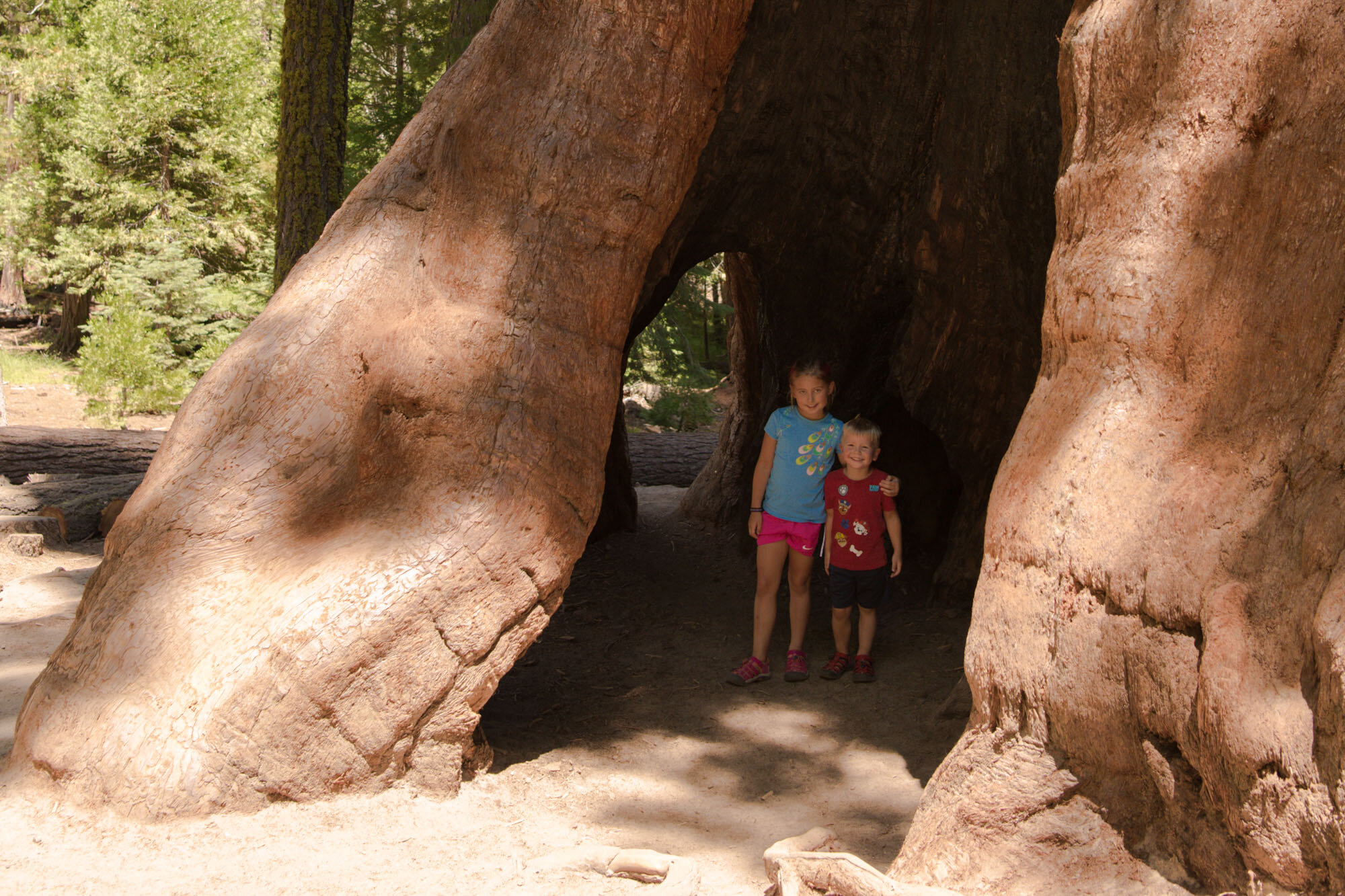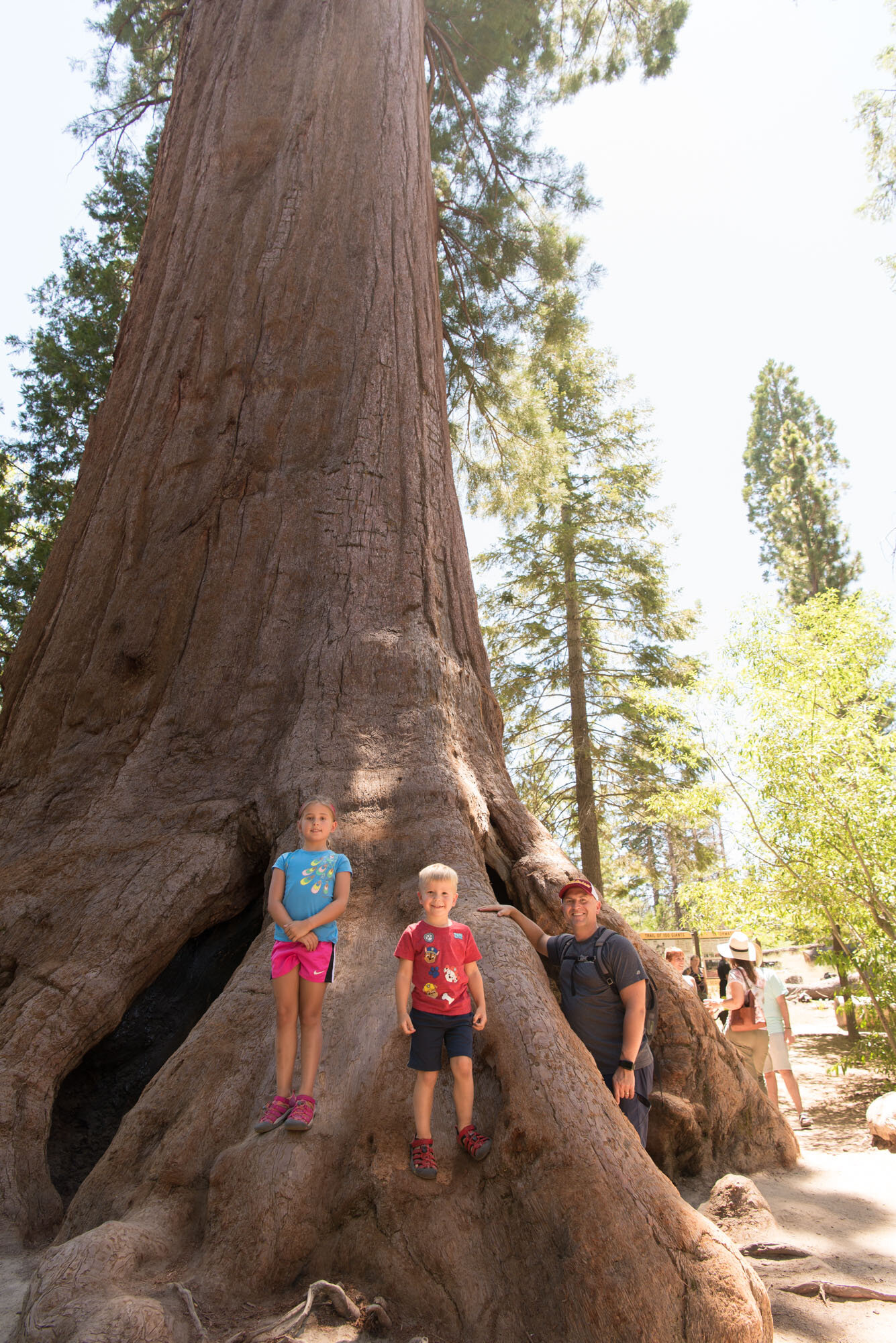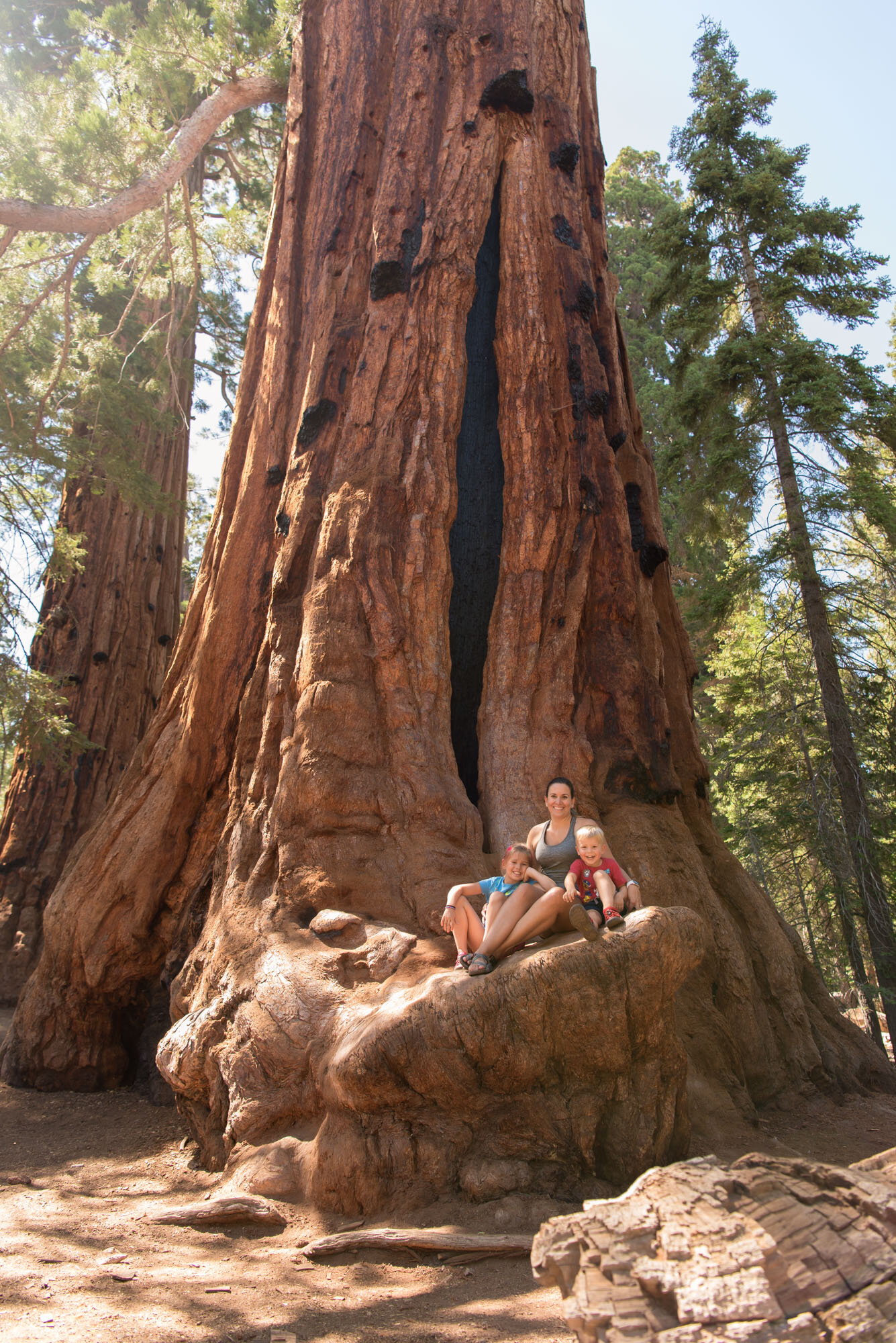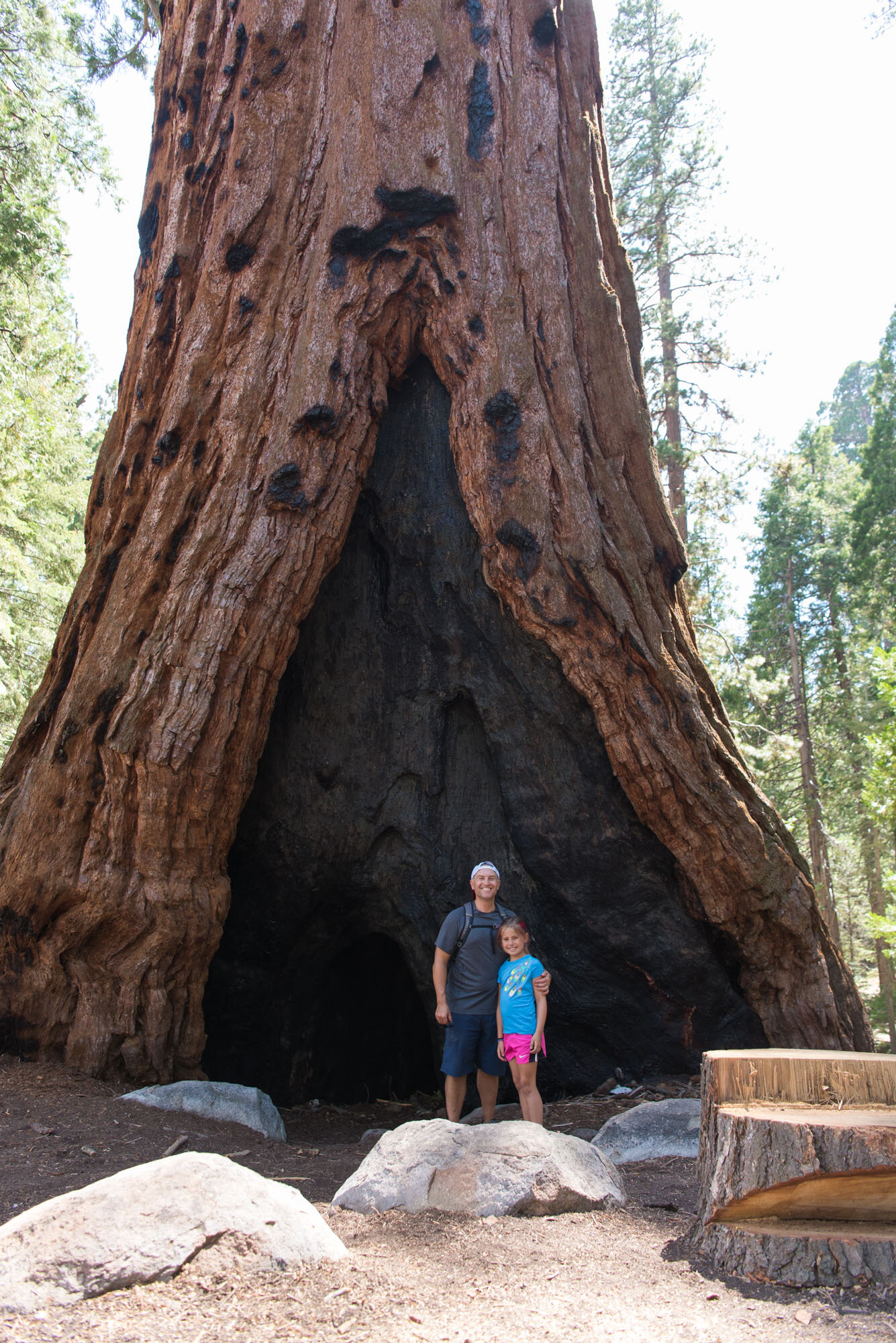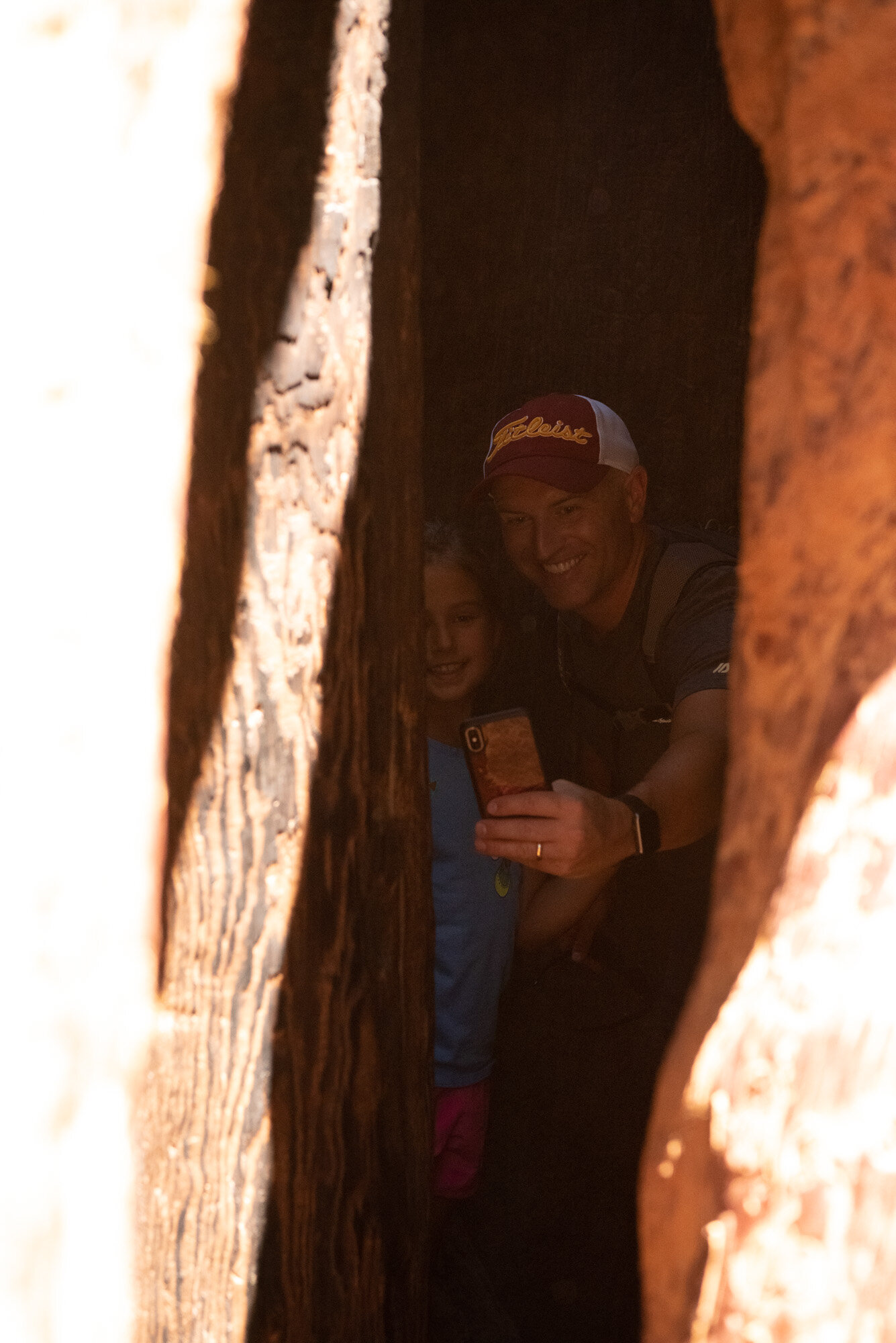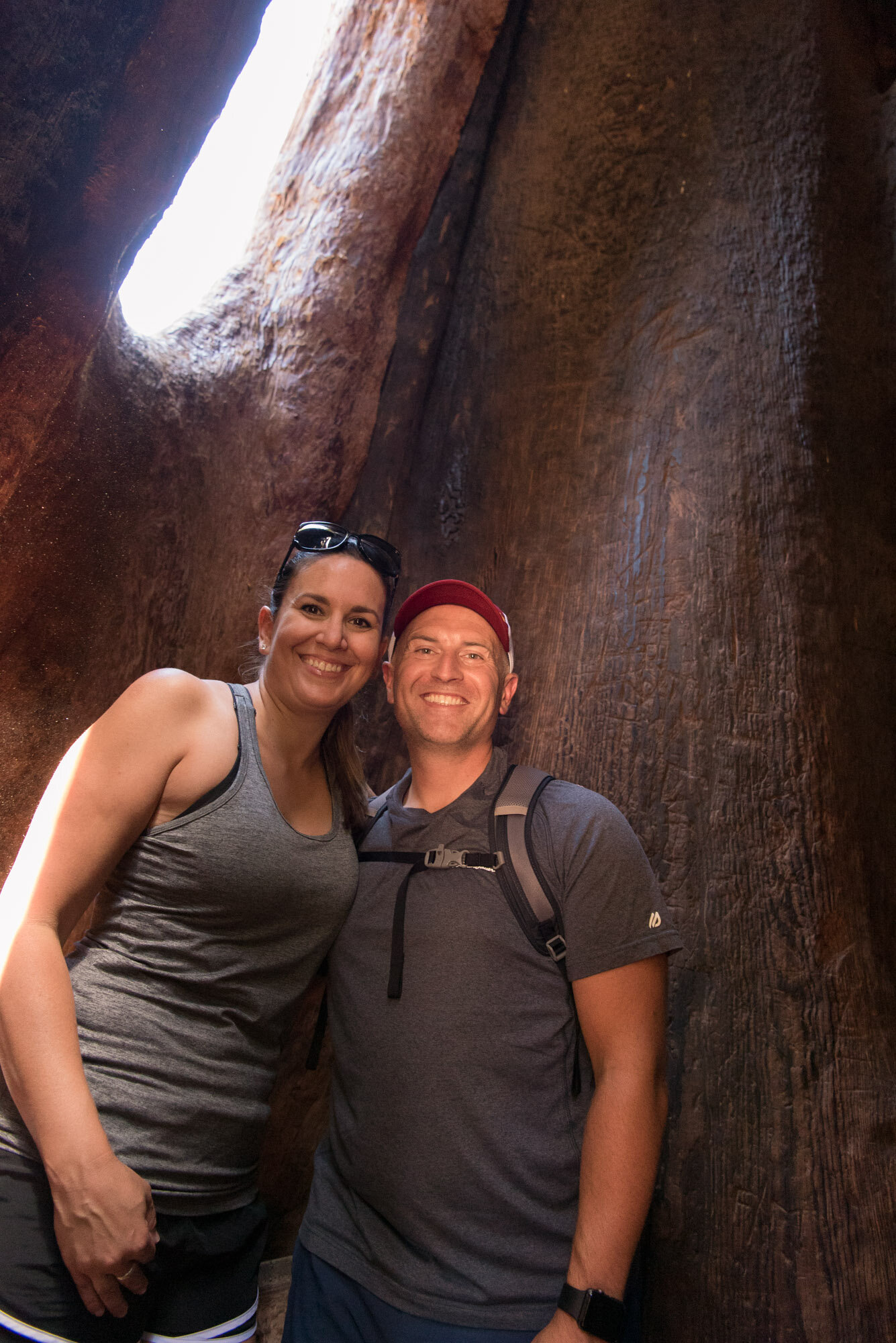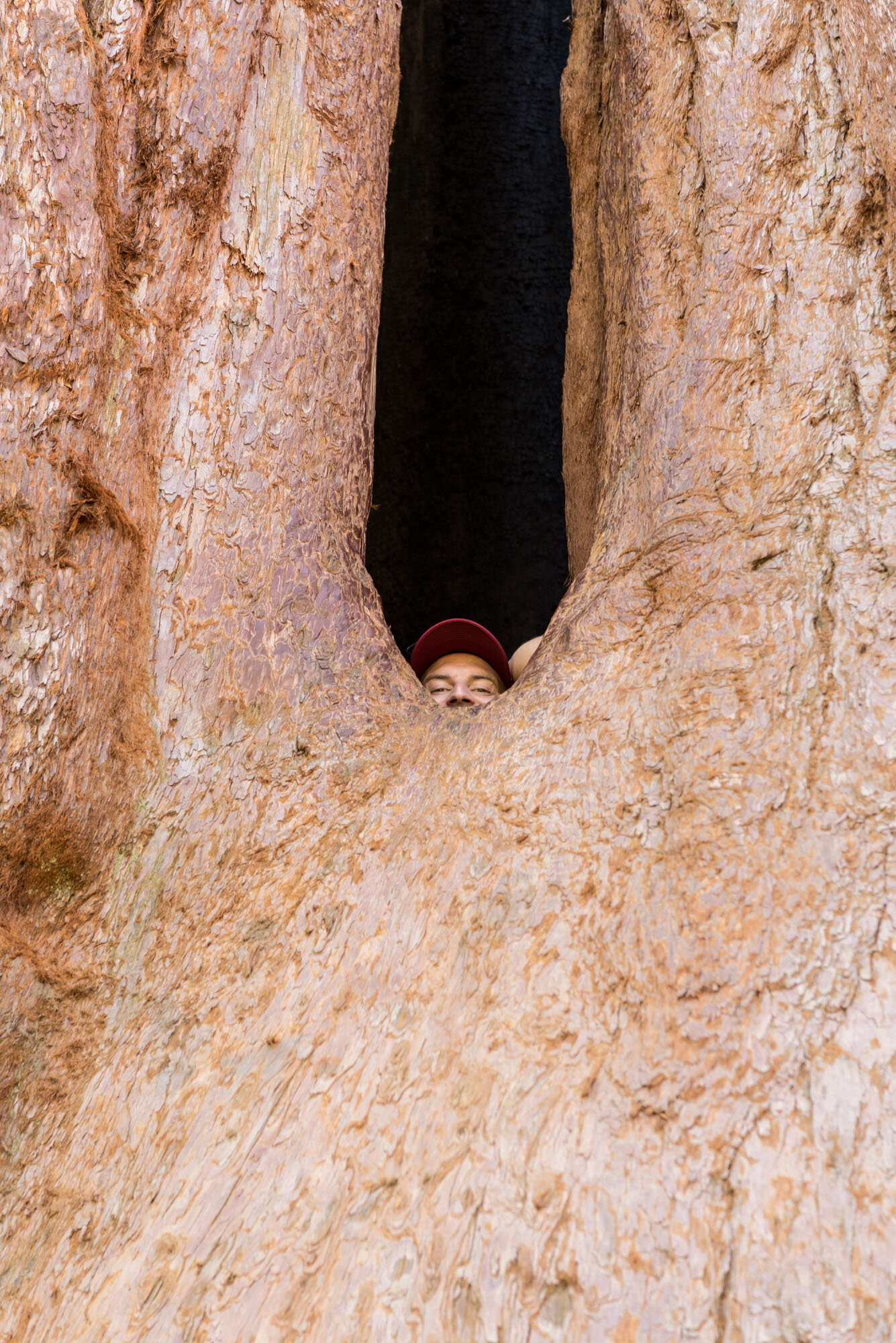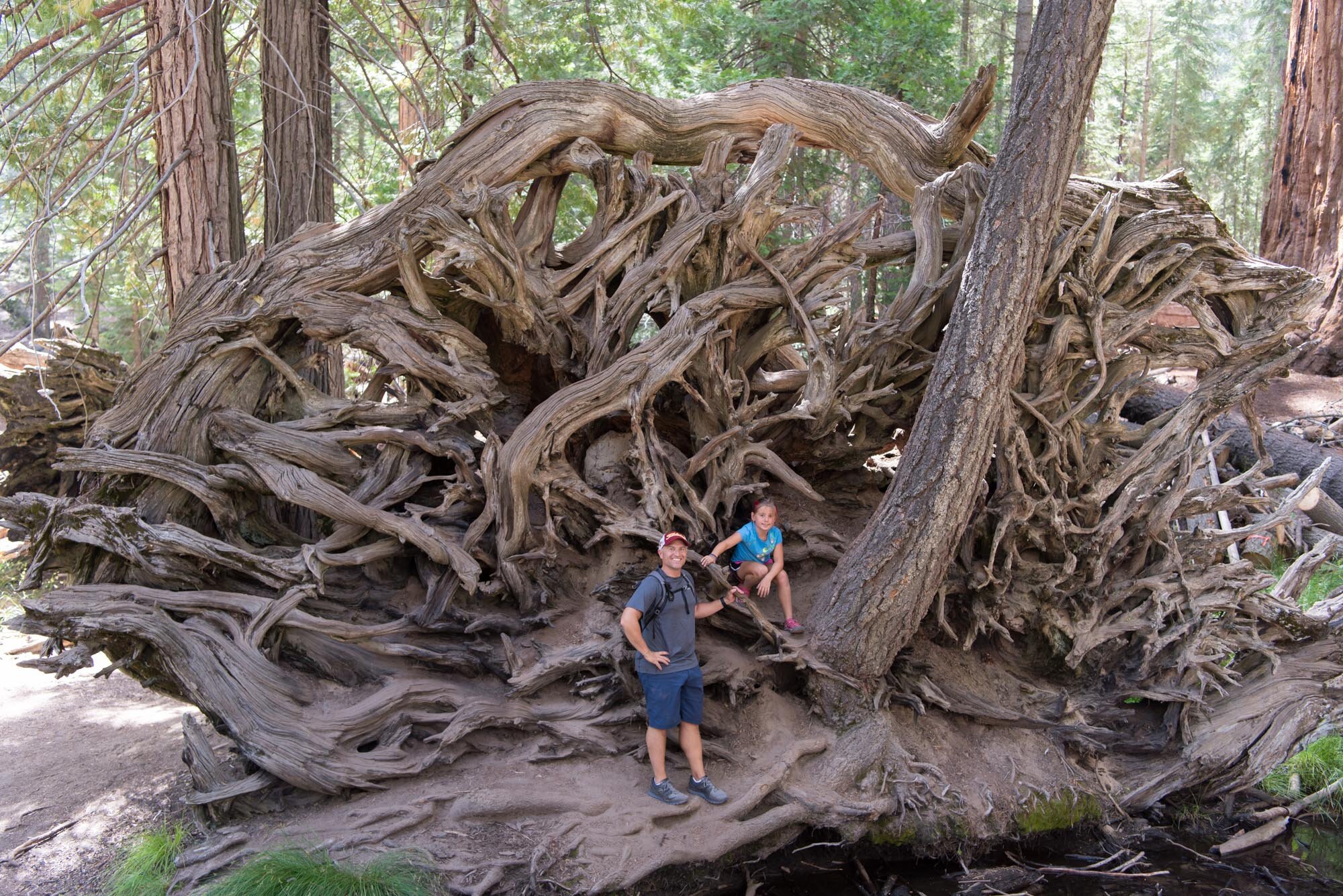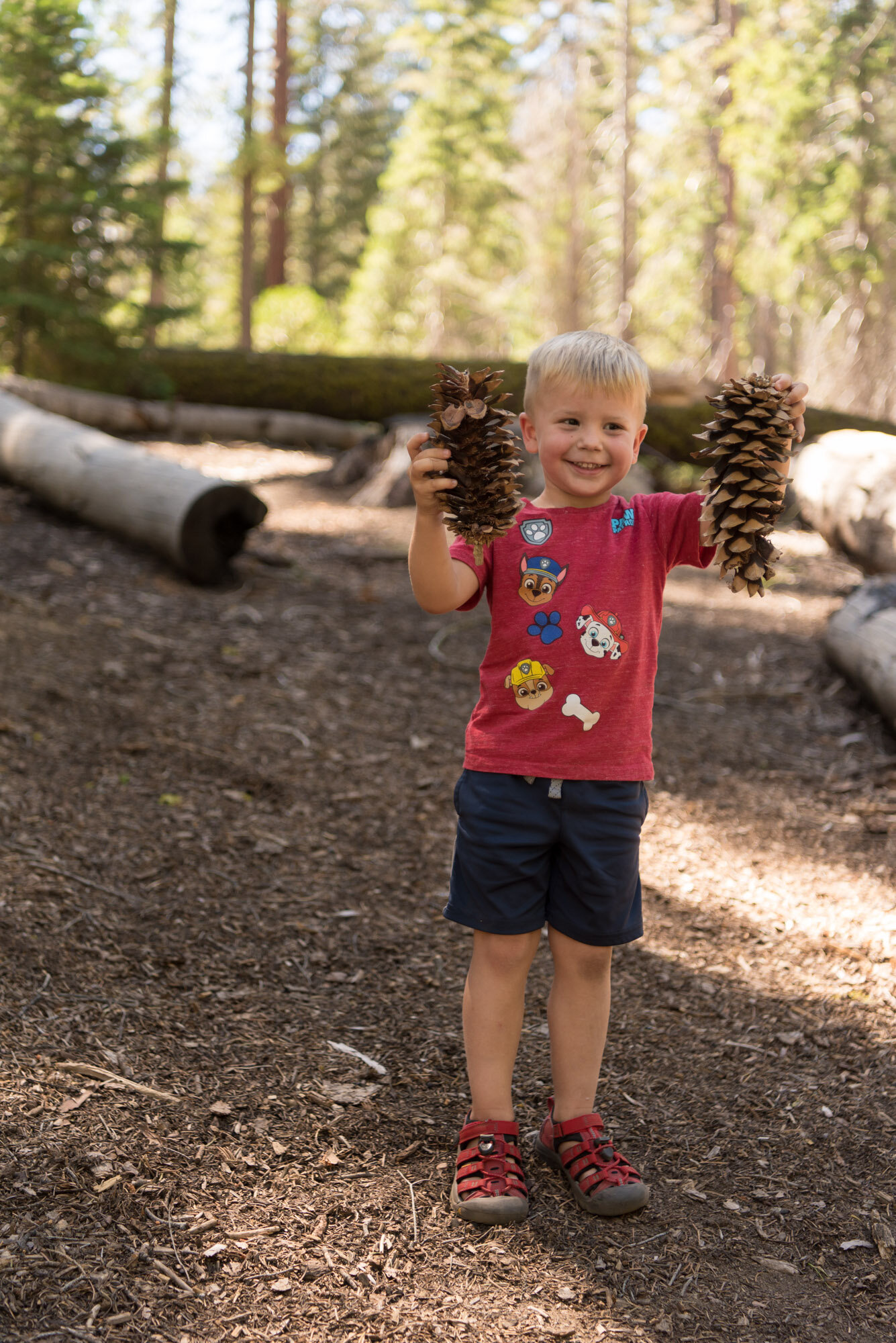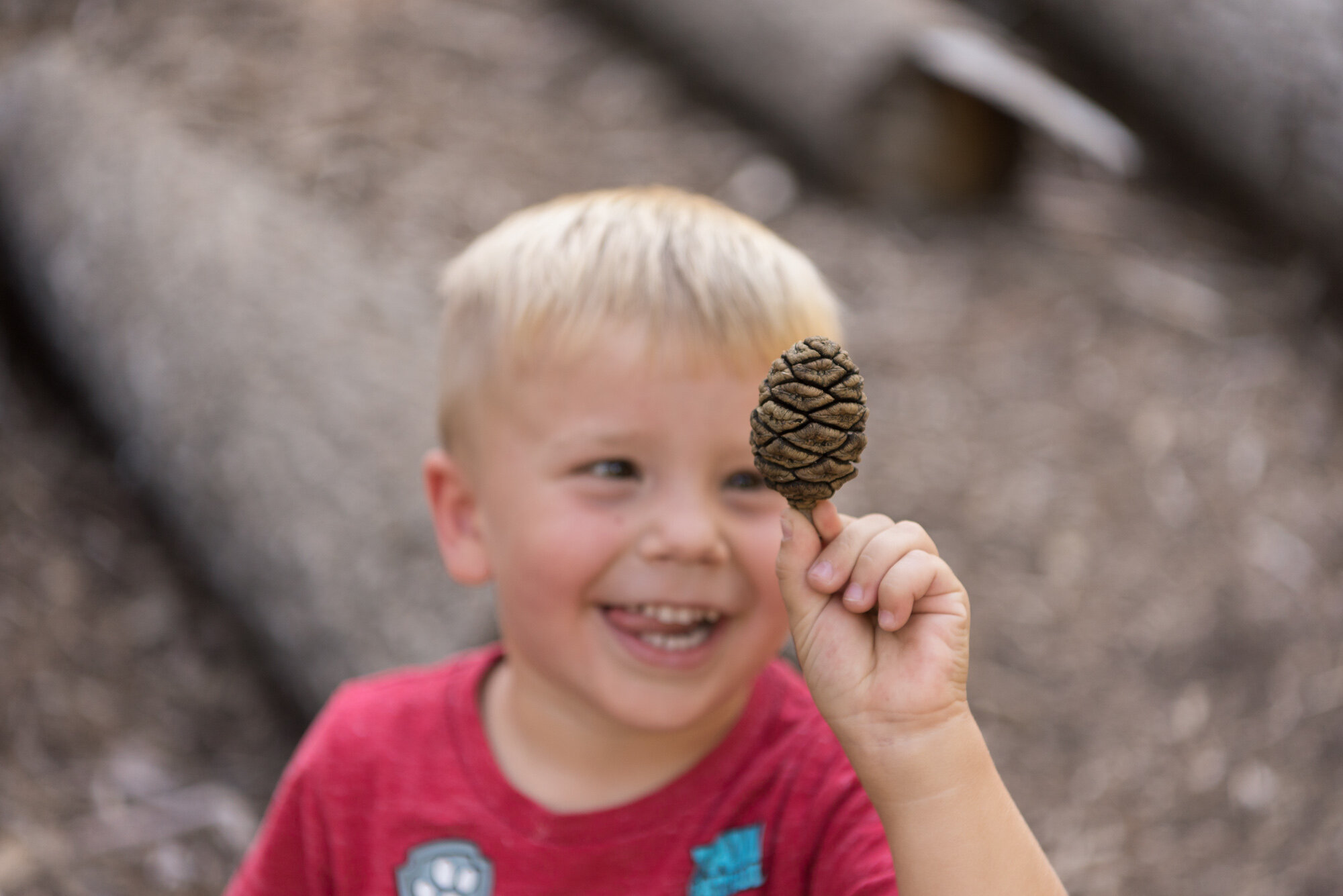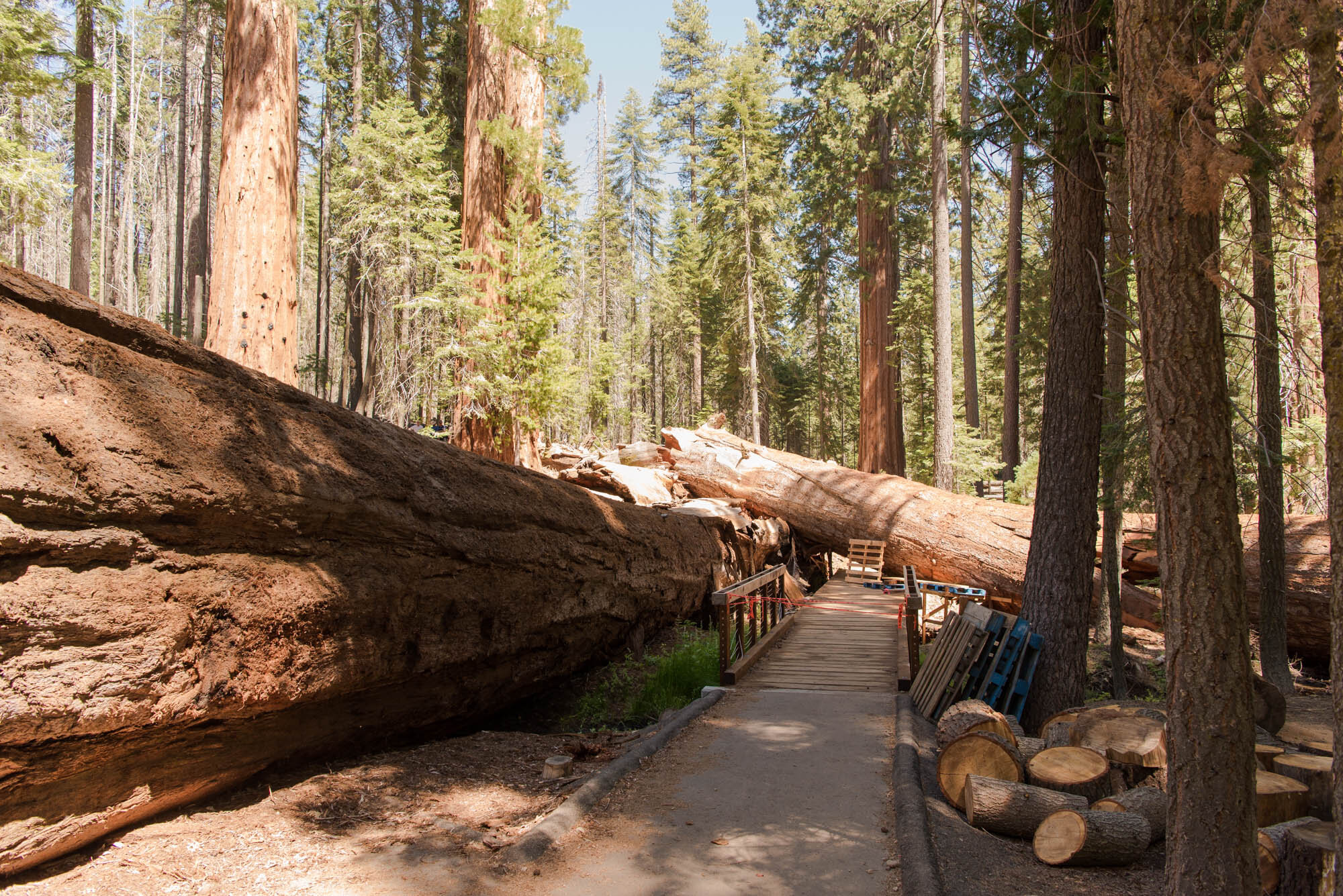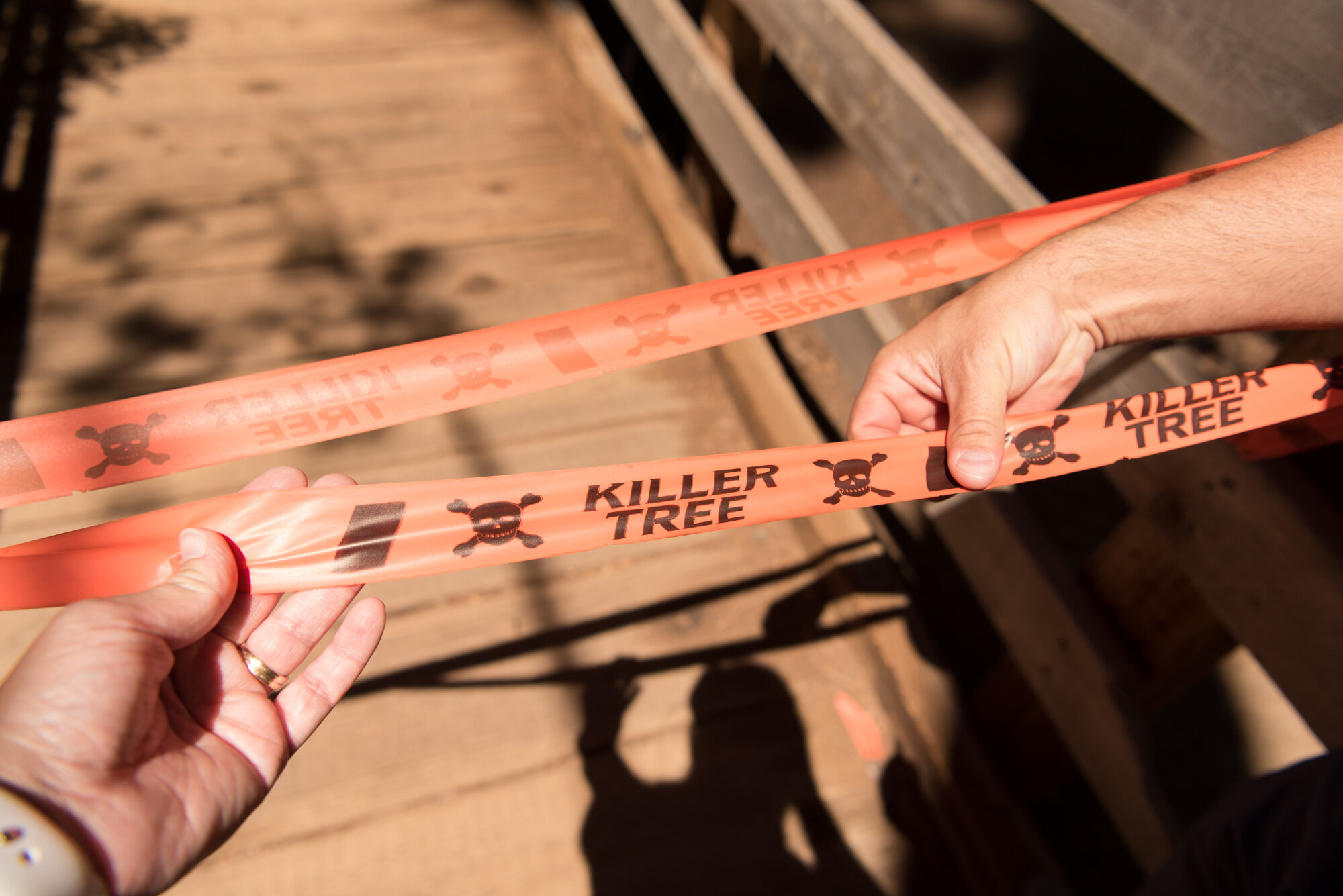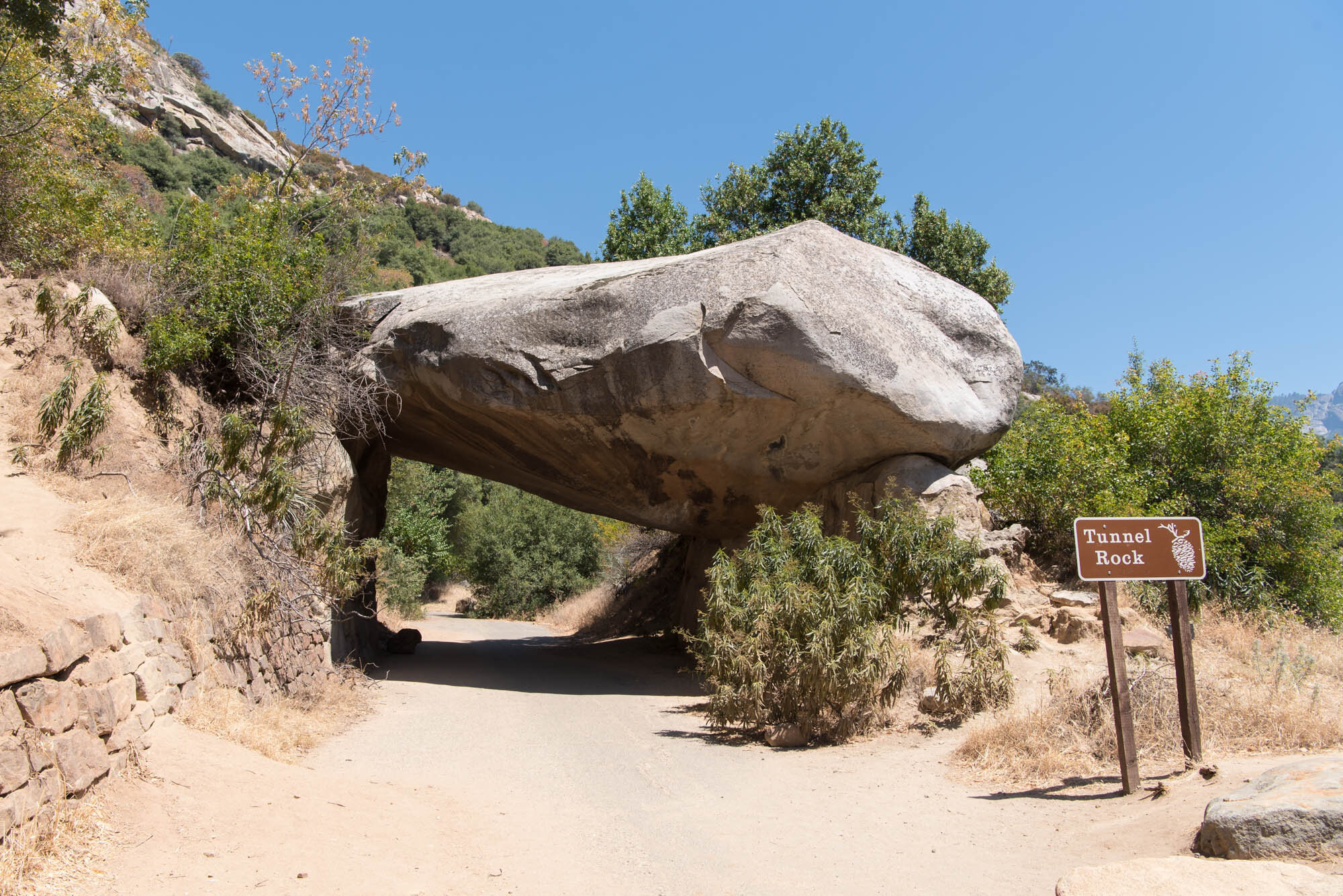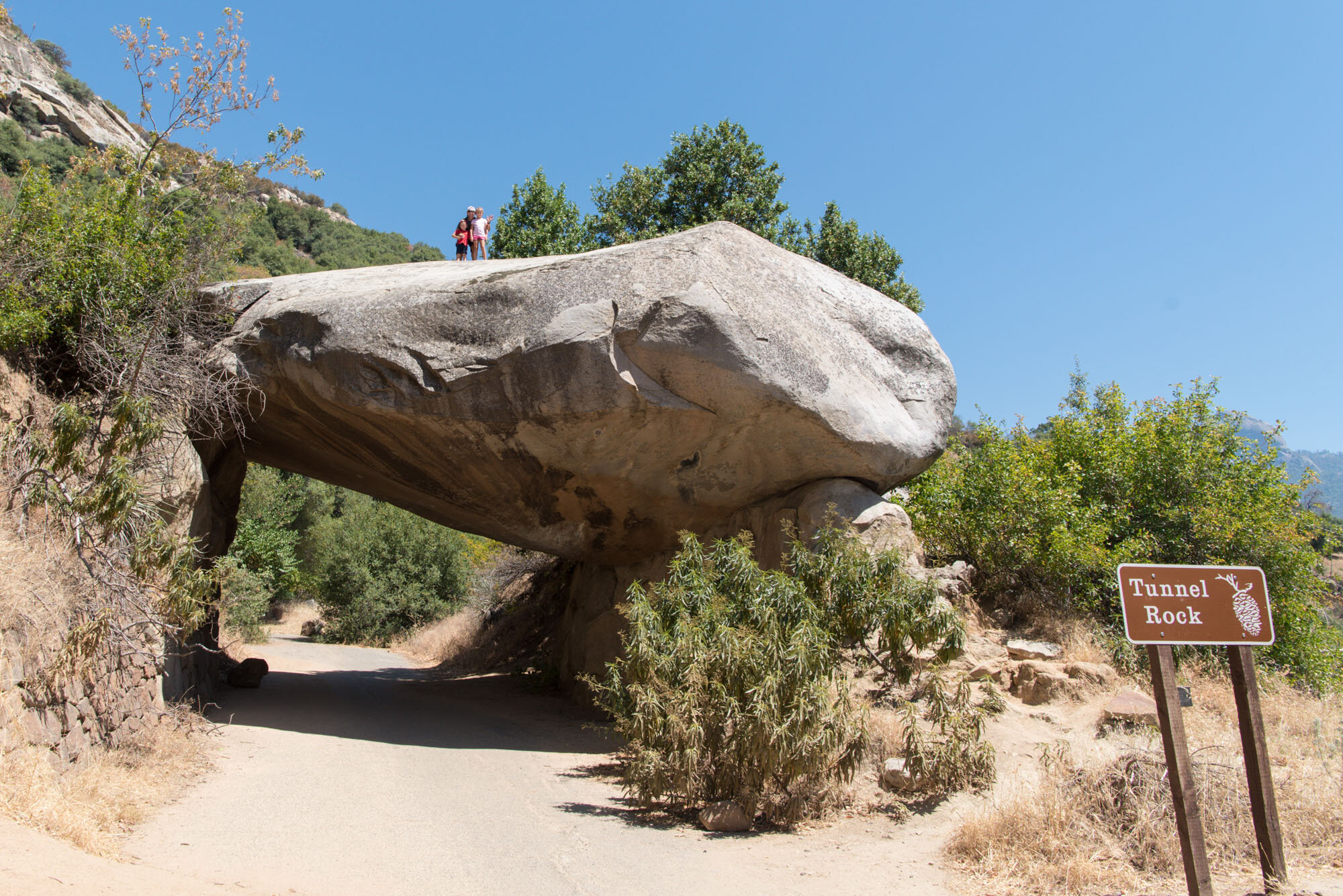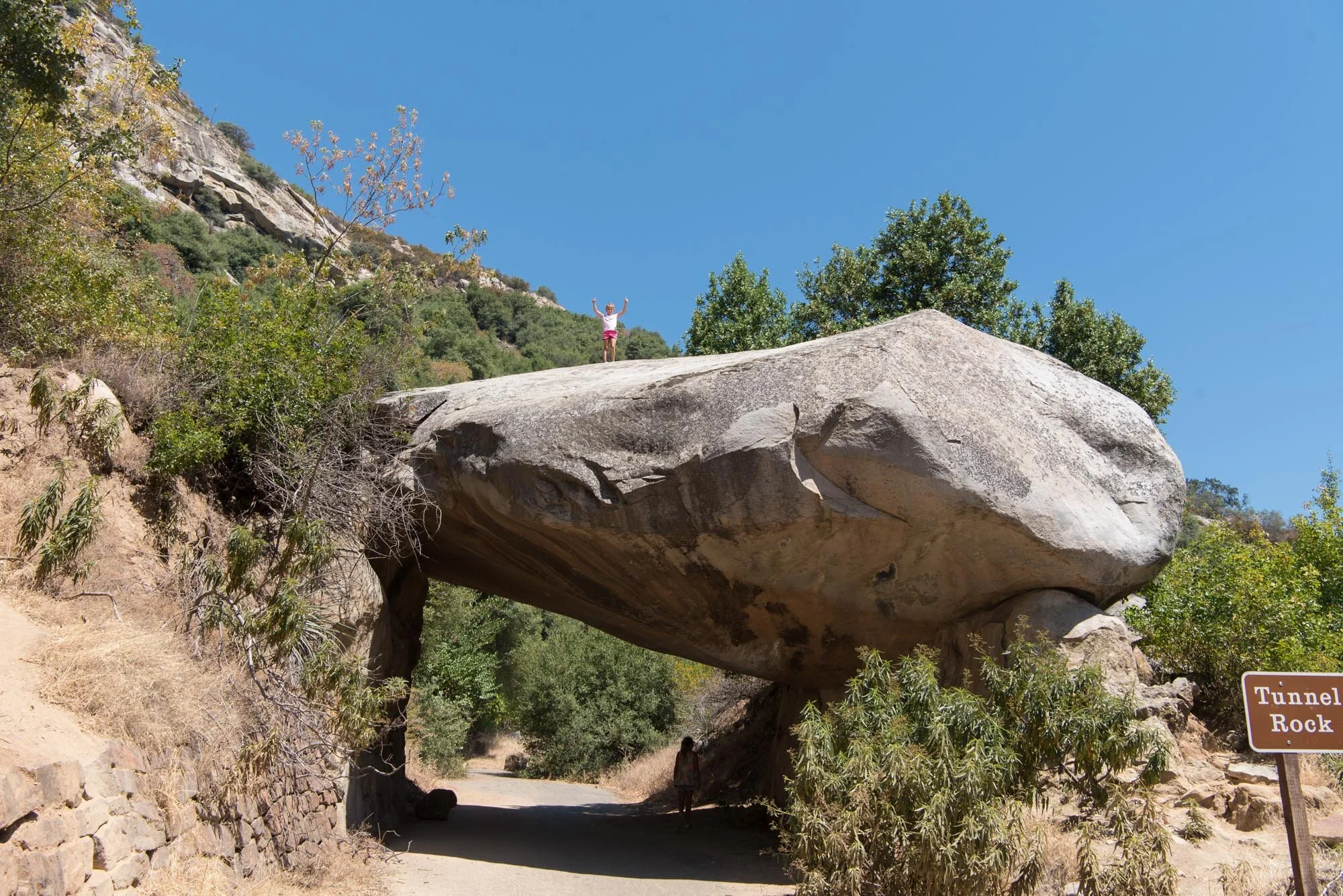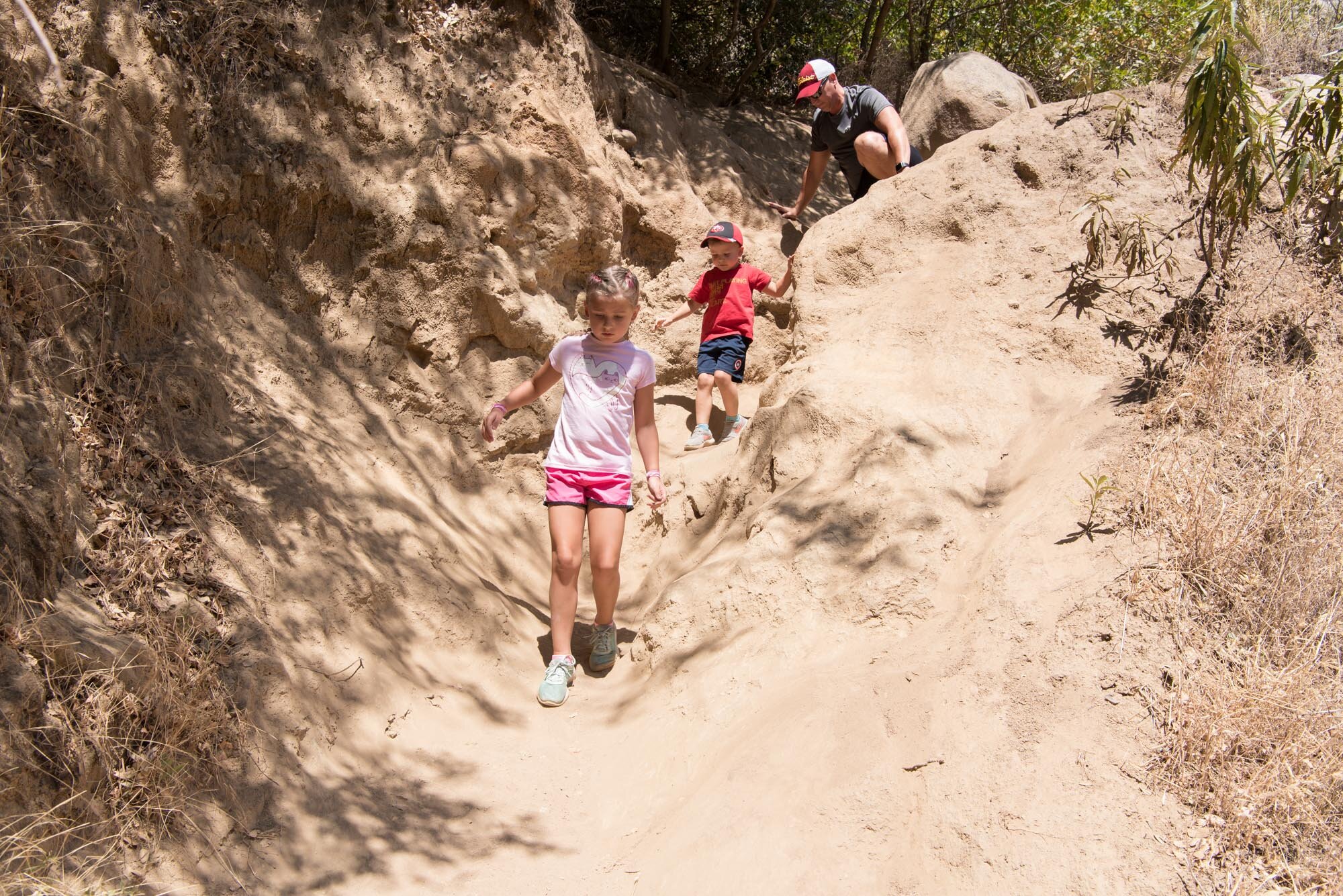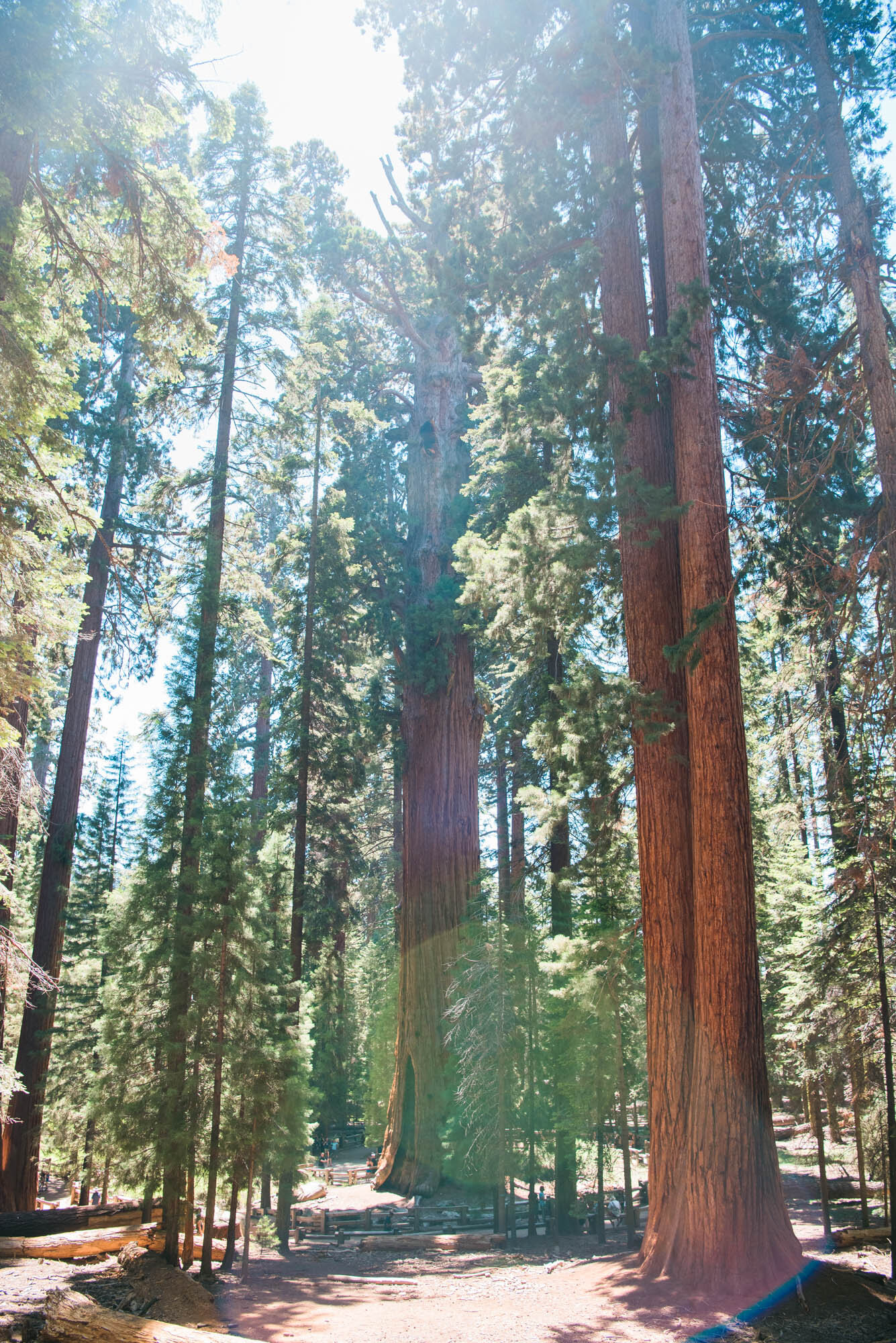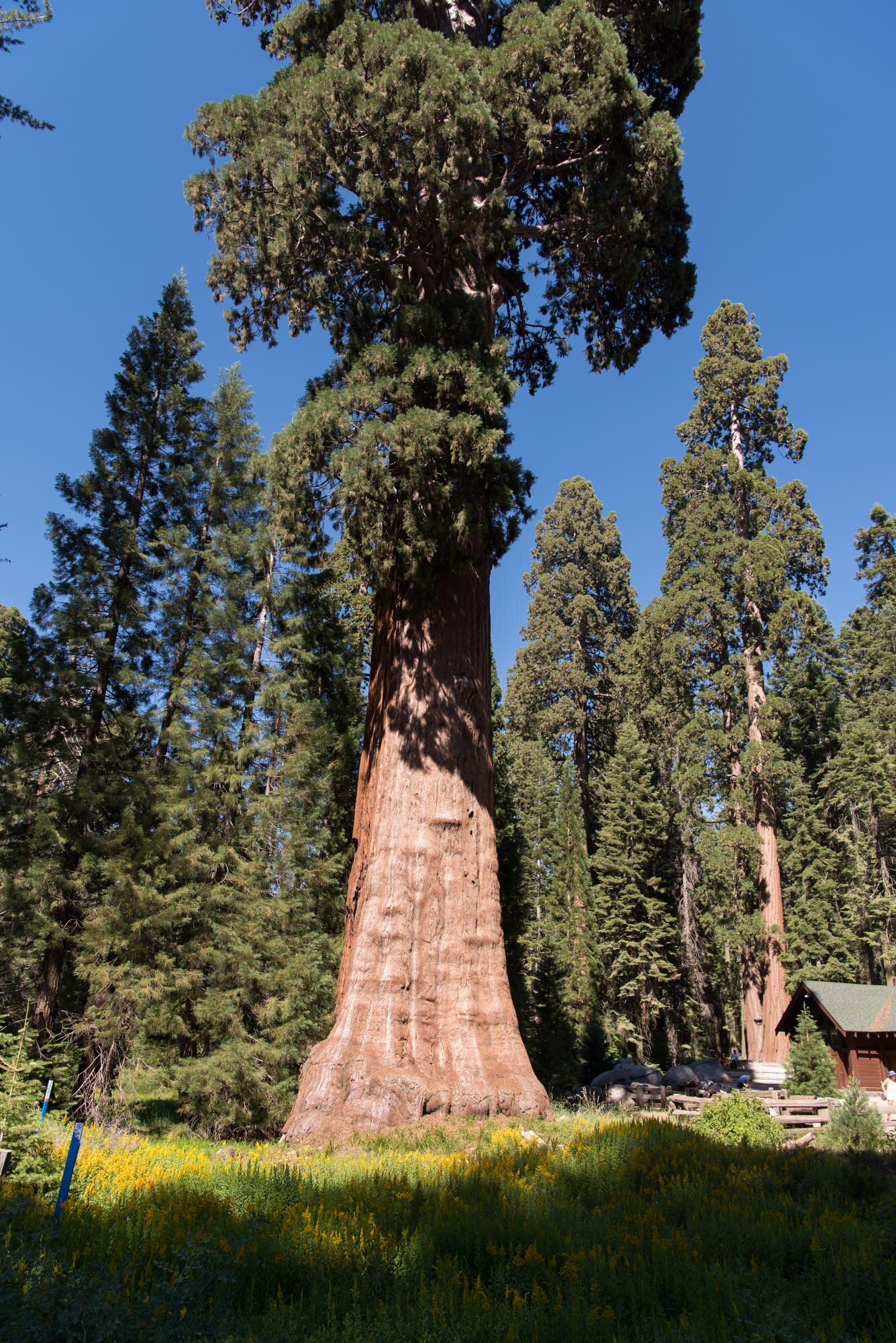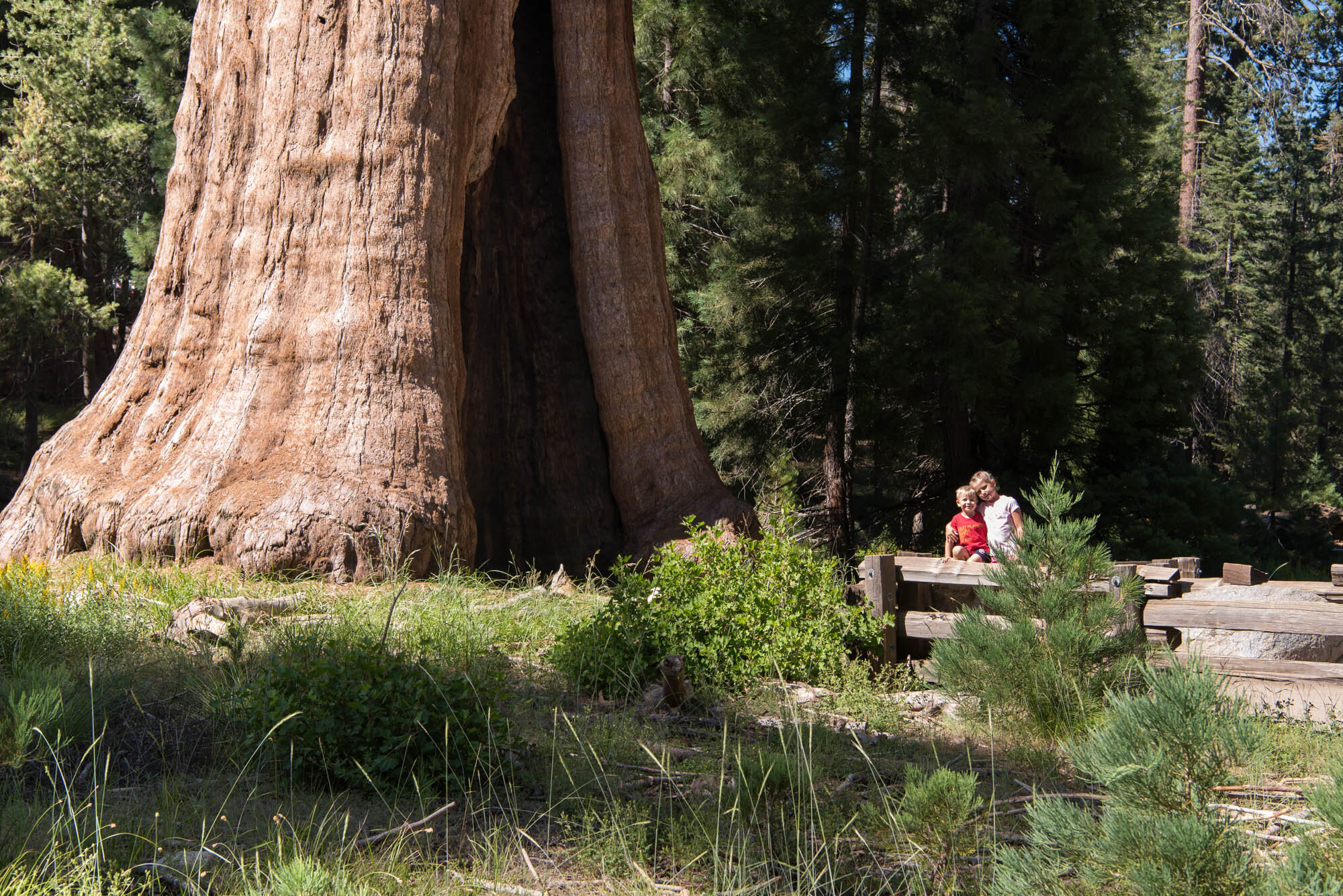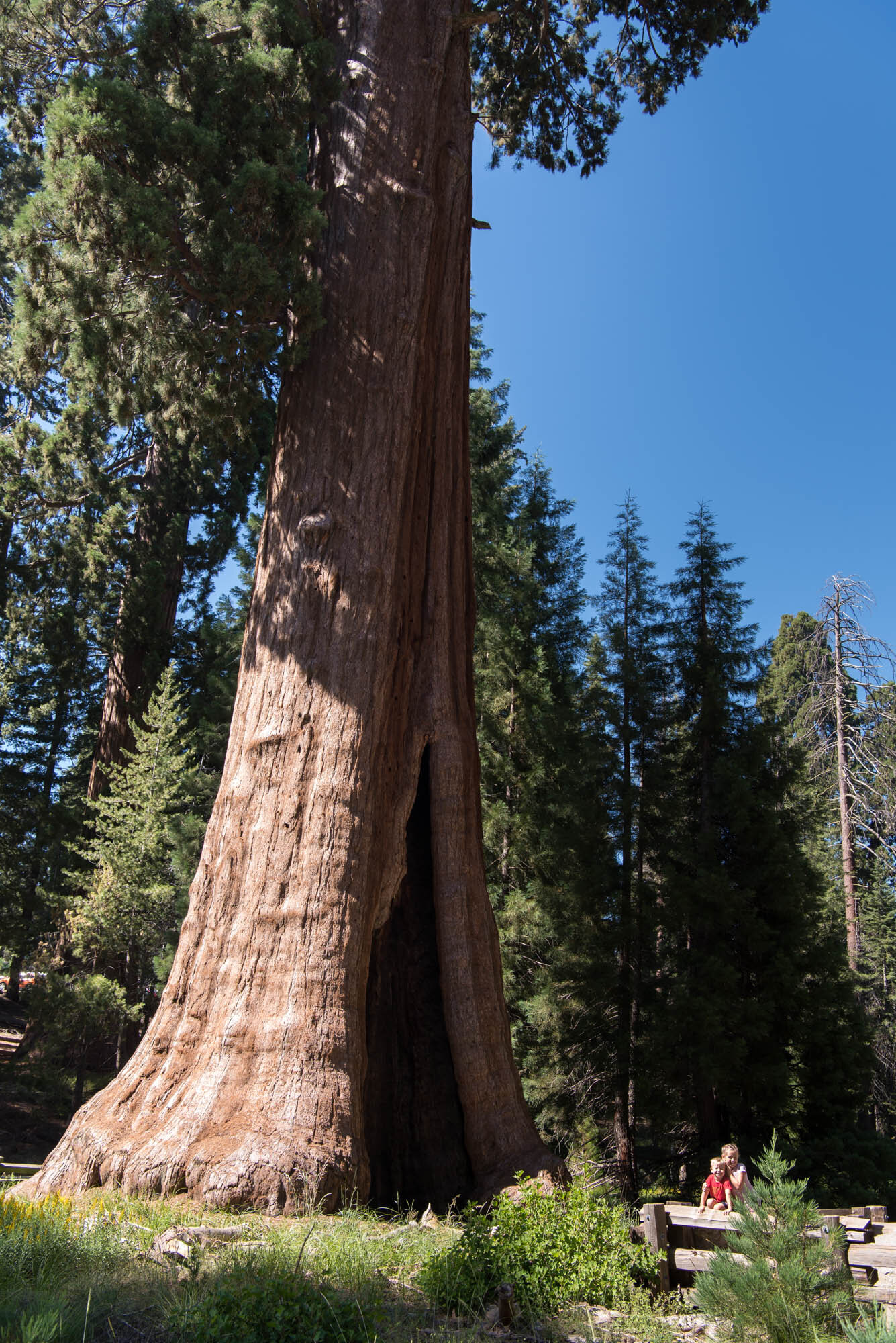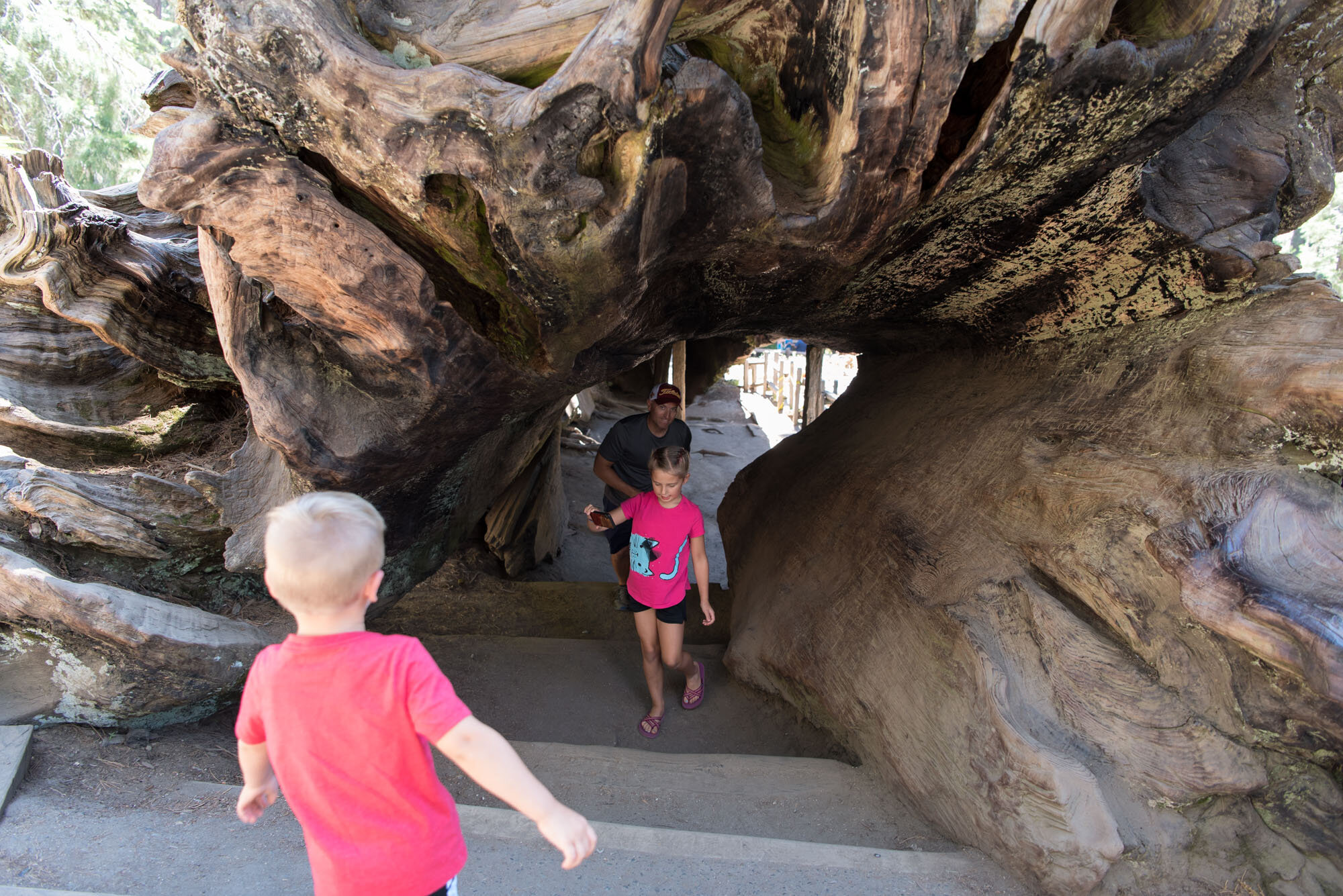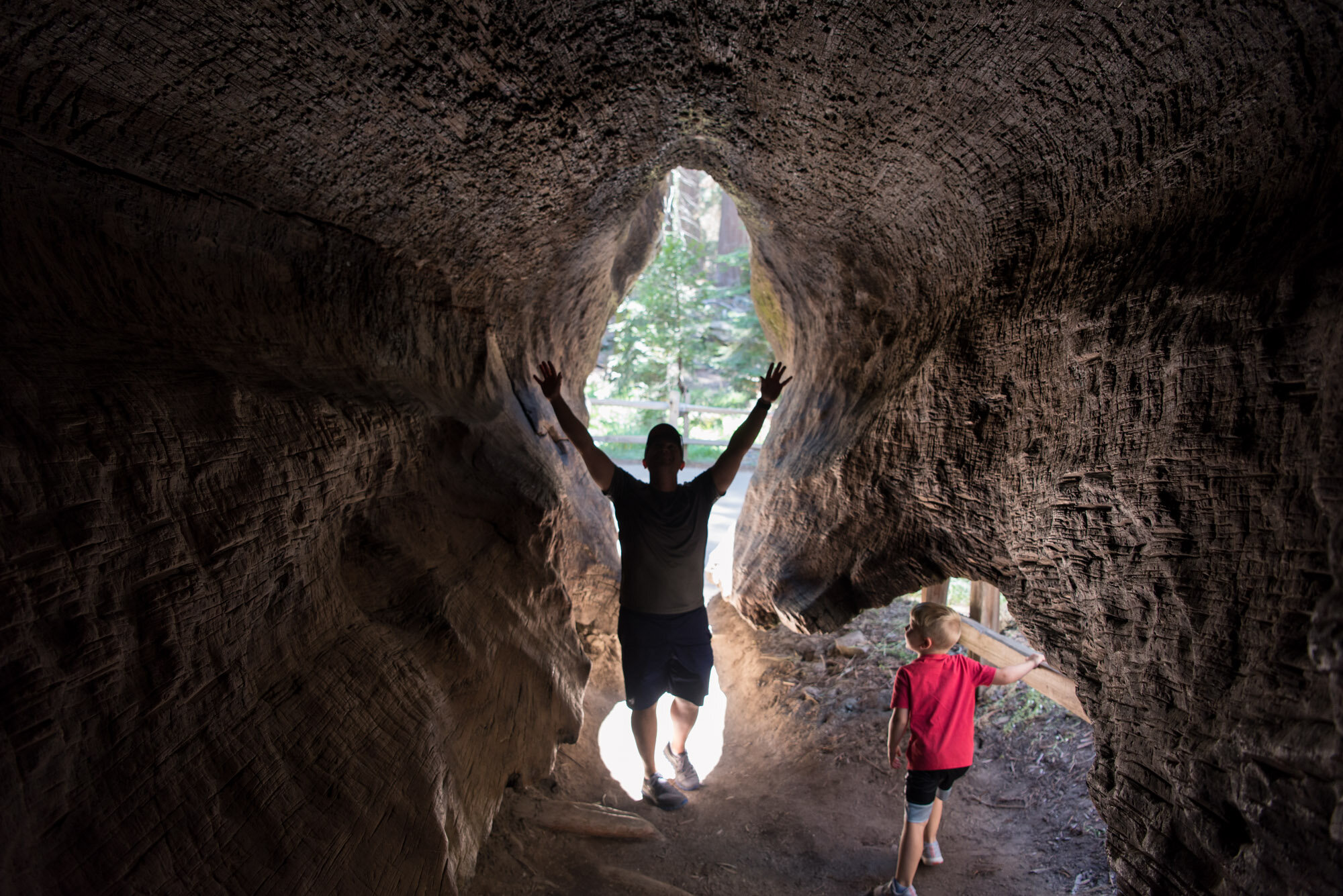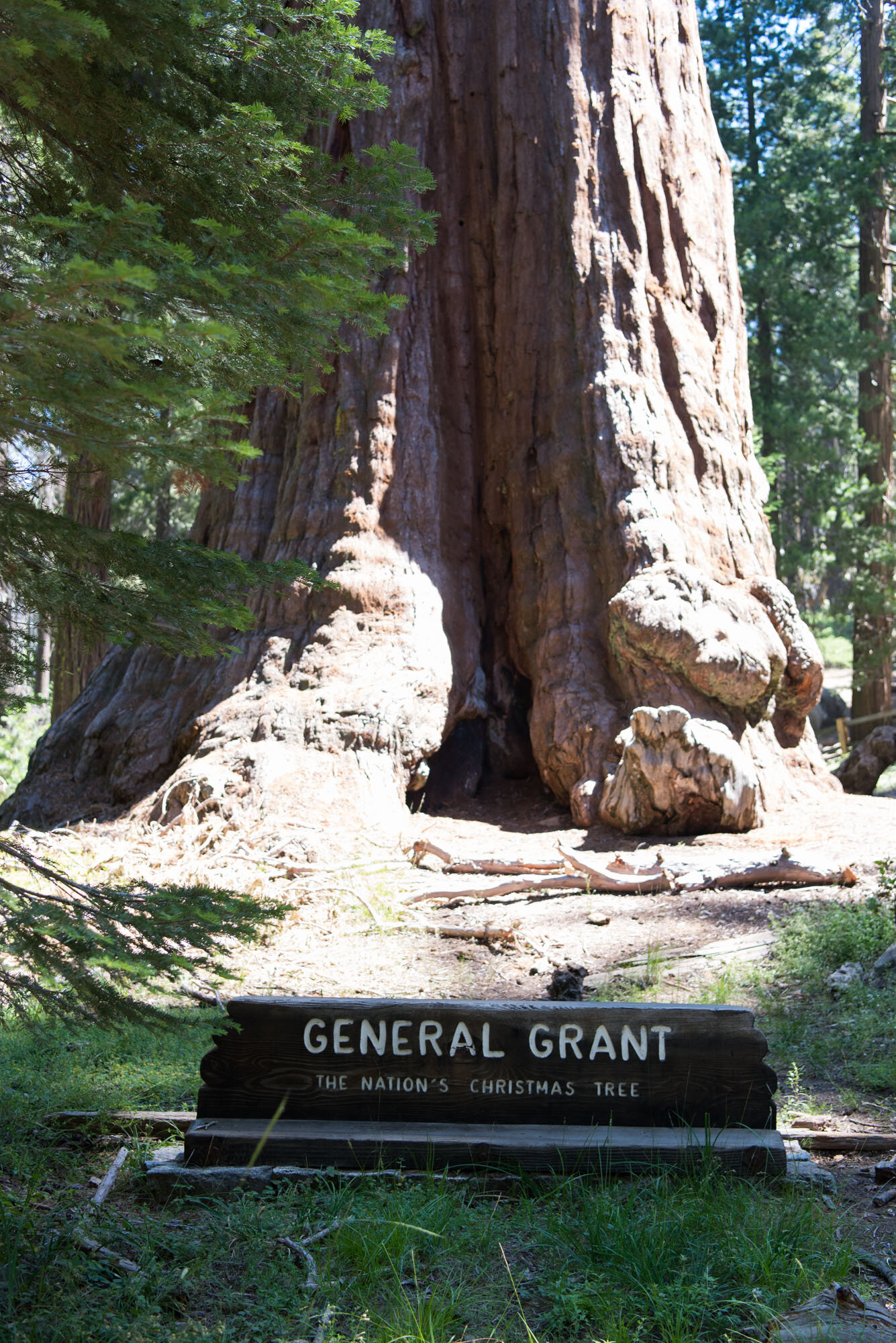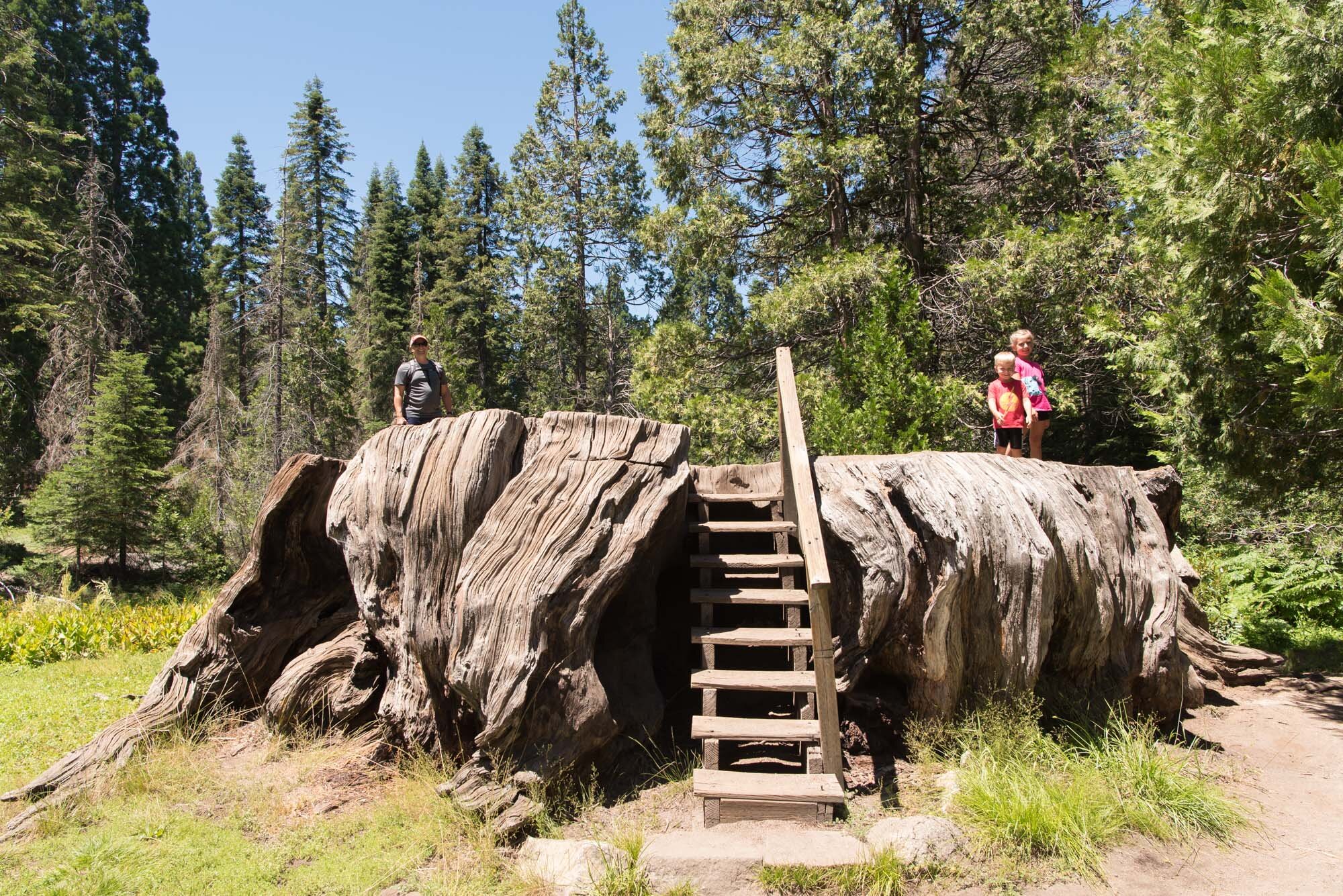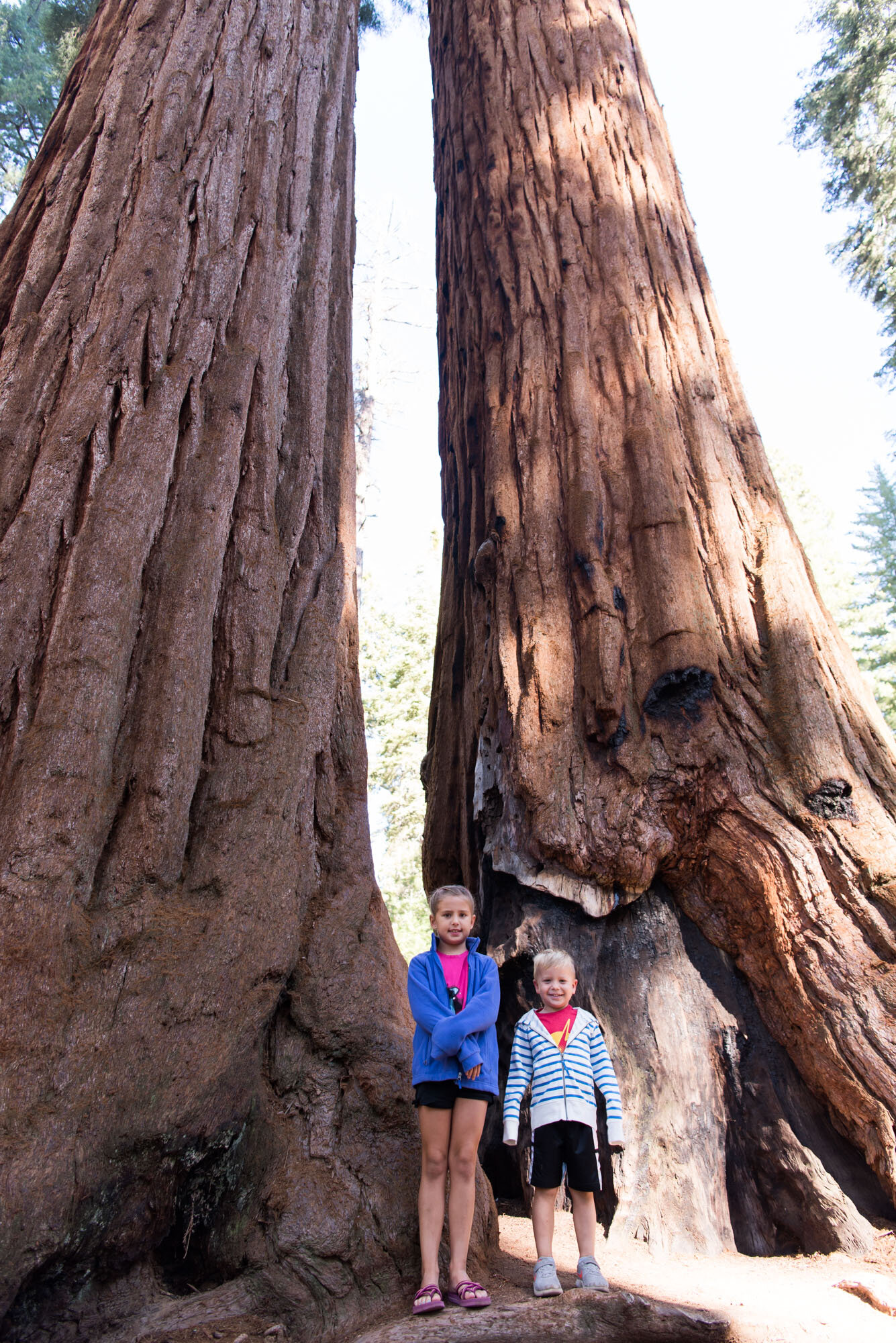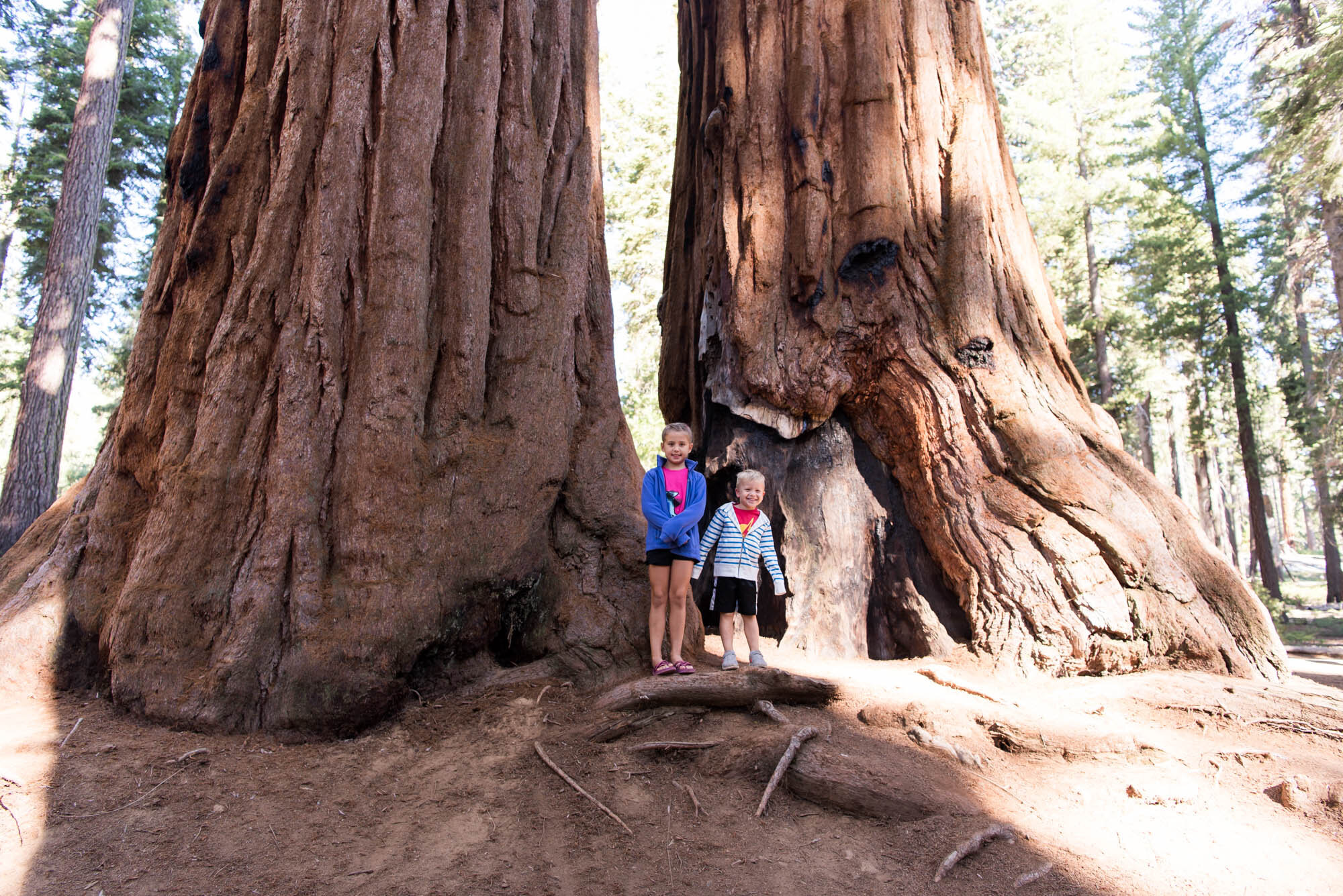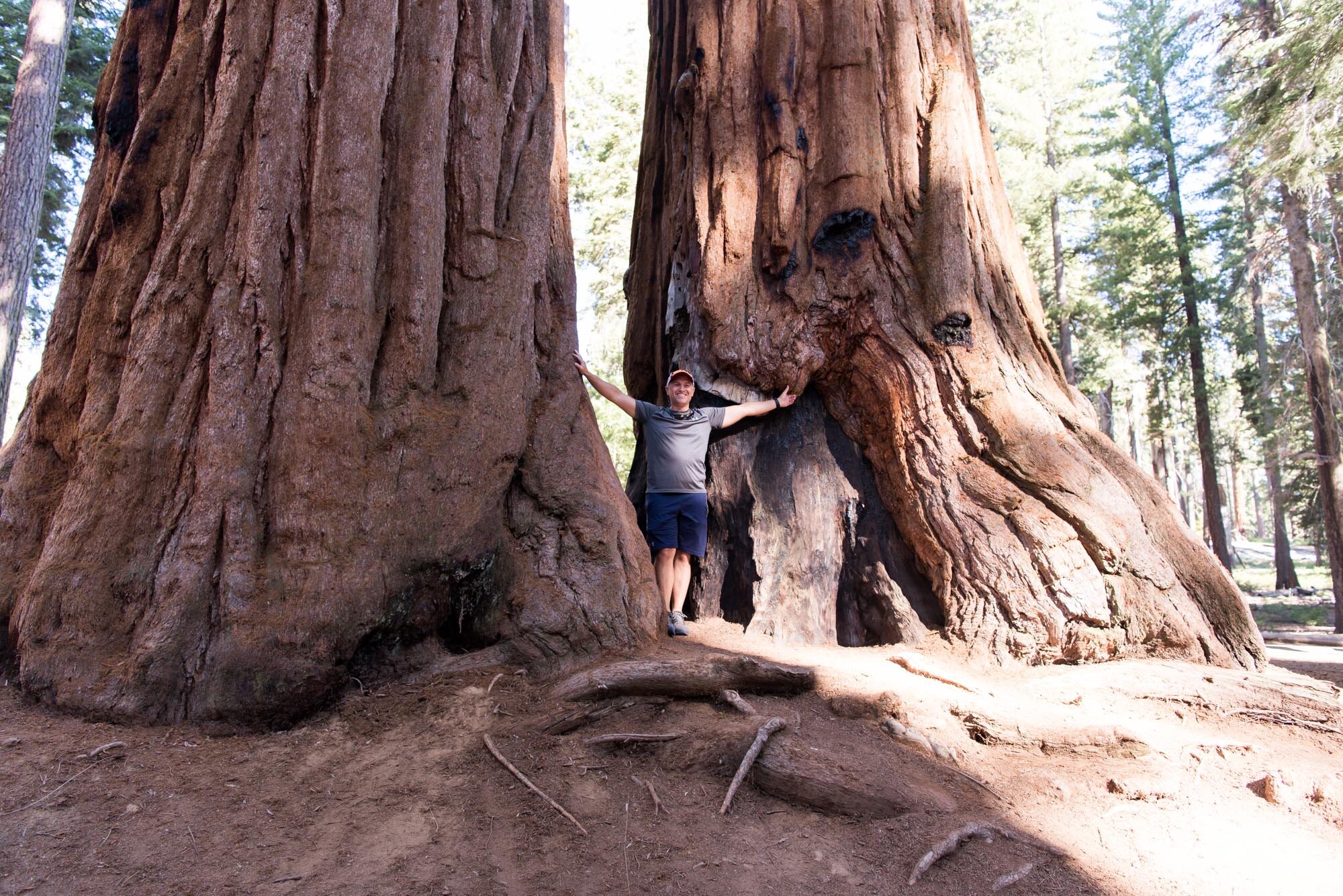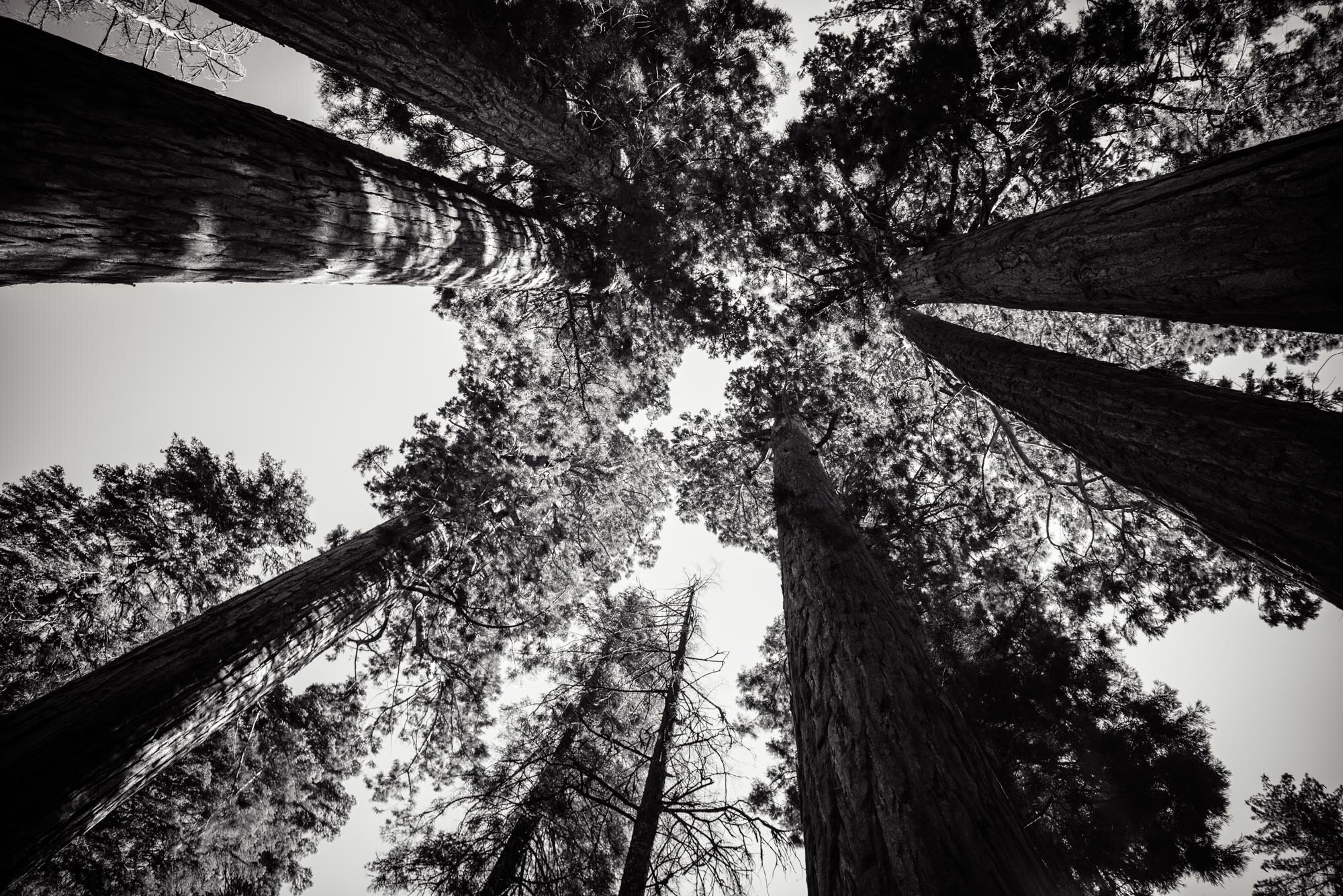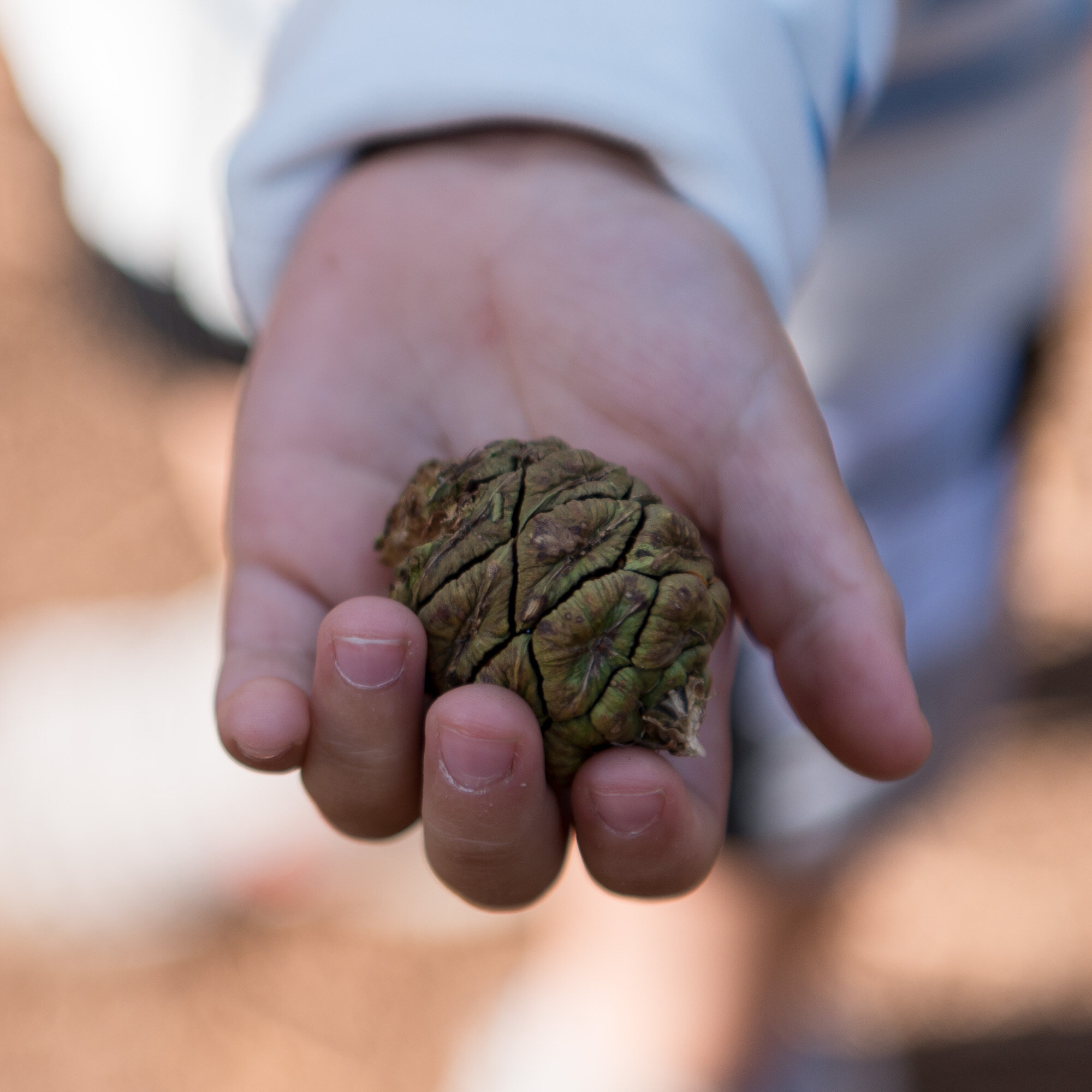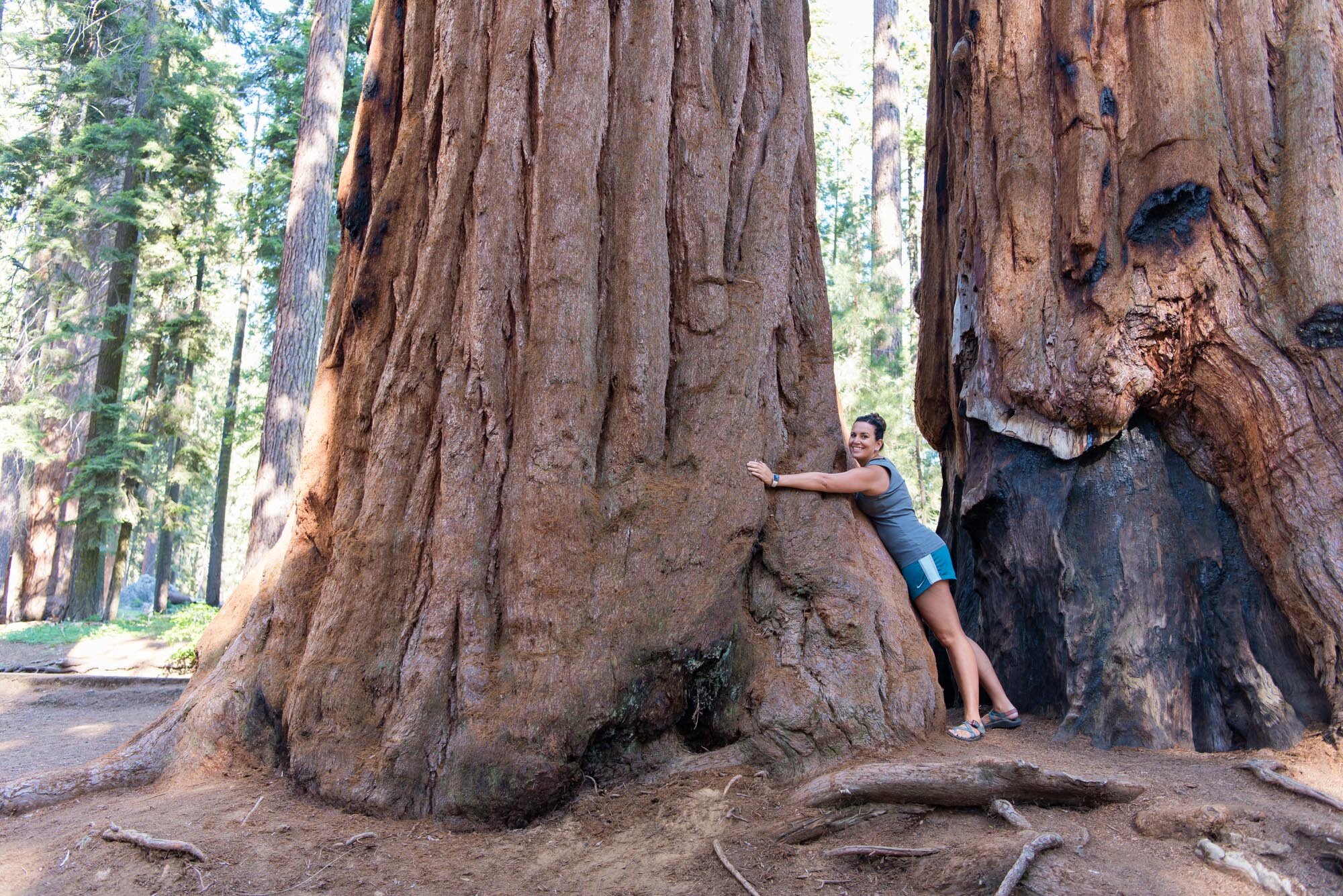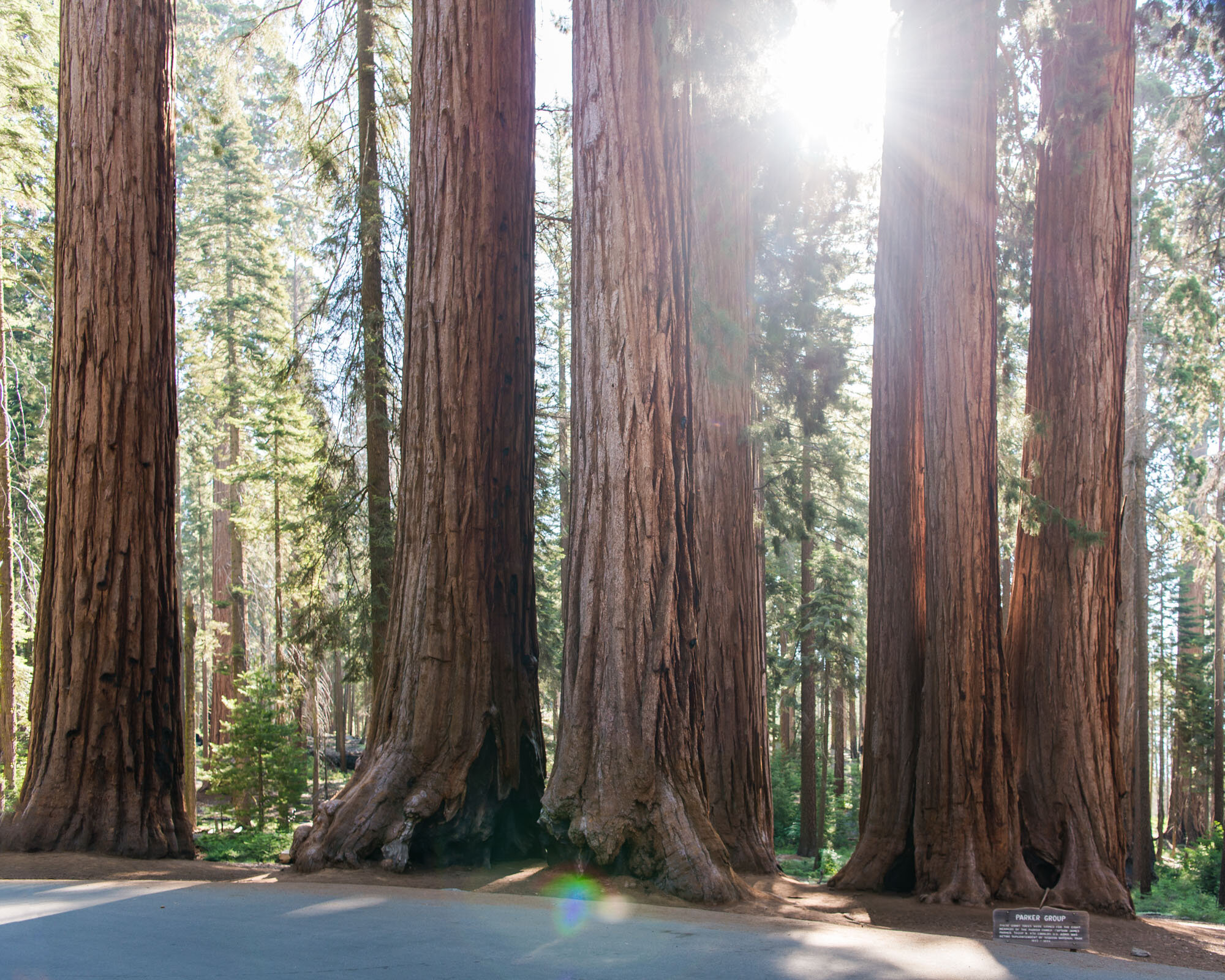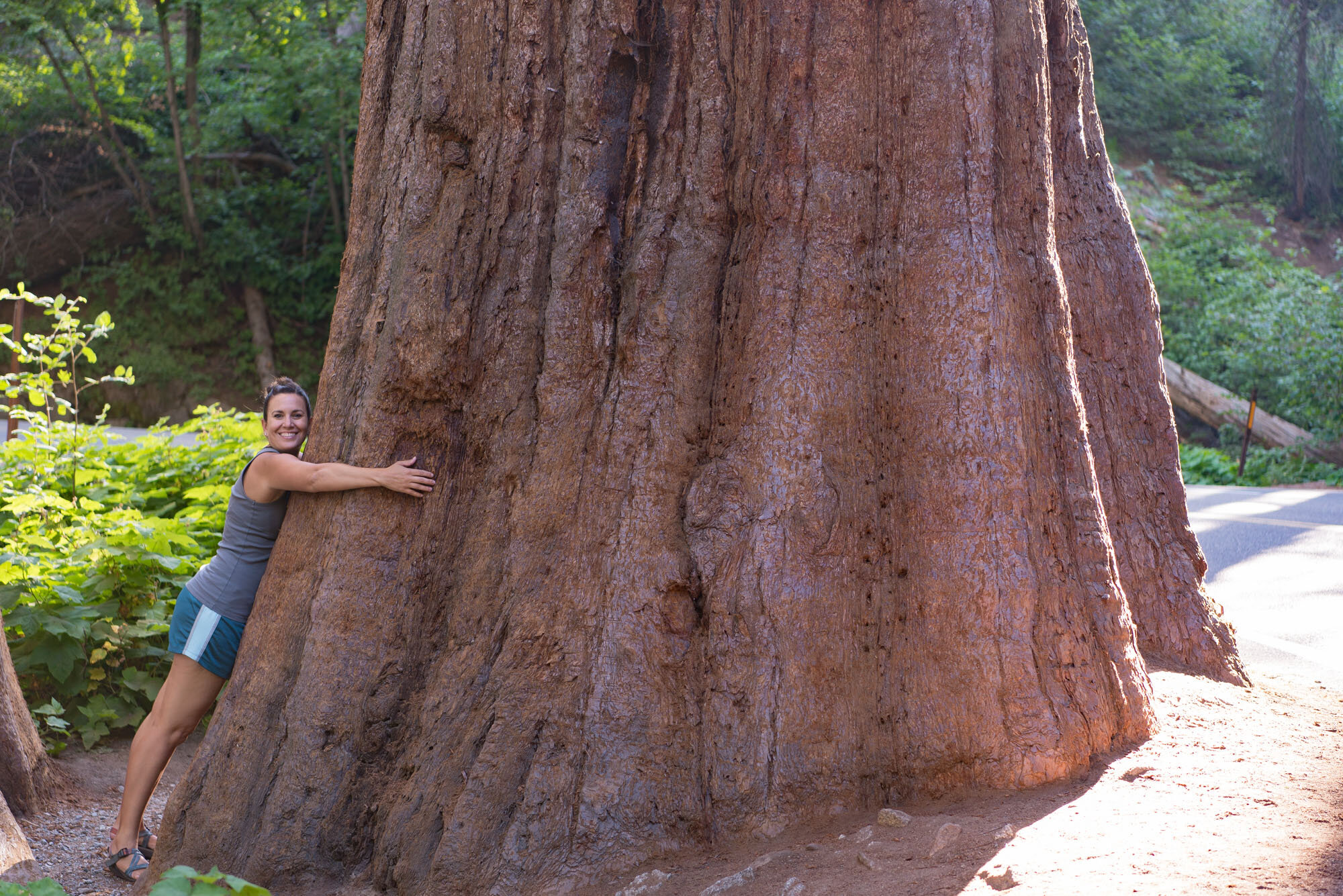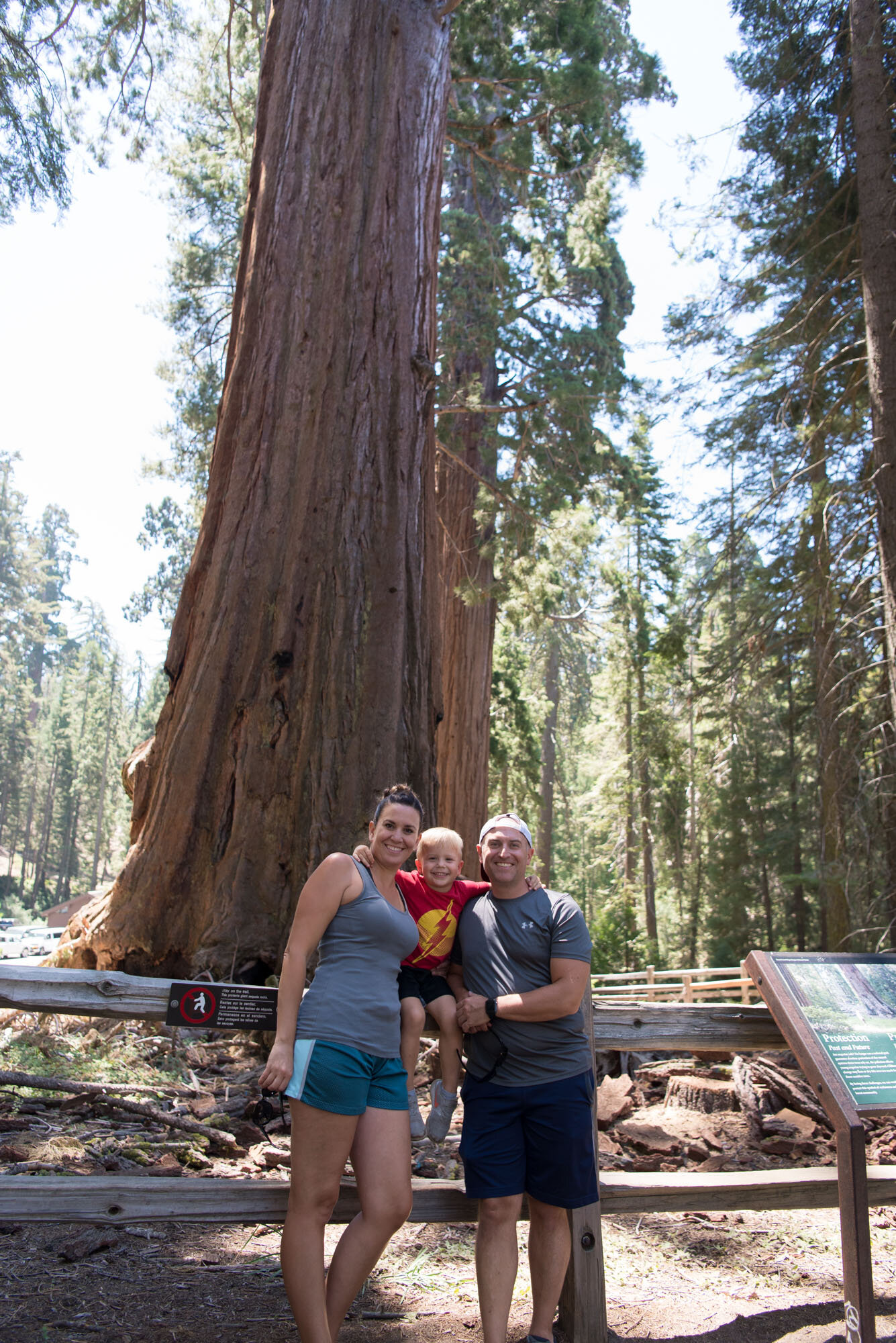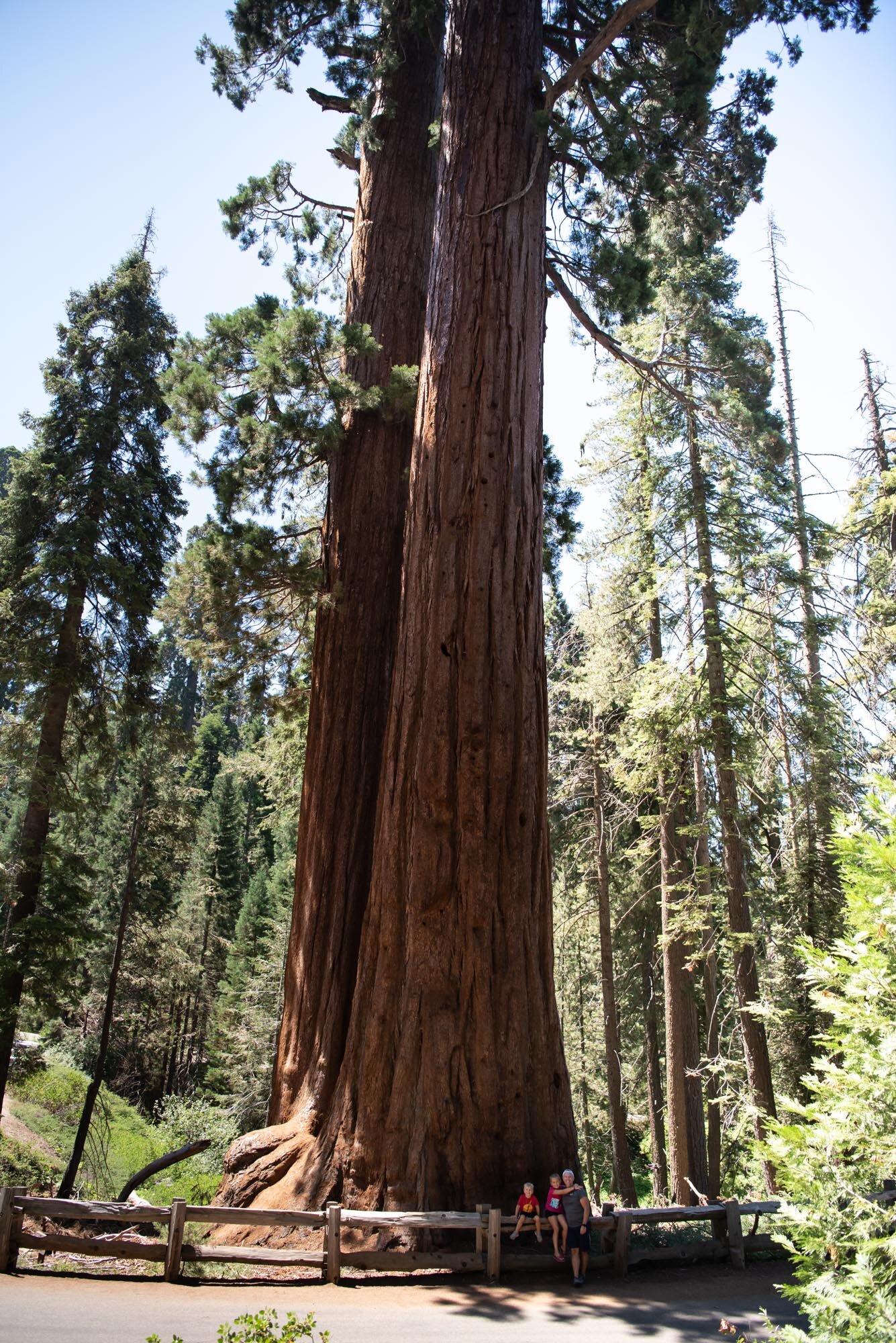Visiting Sequoia National Forest & Sequoia National Park
We are back in Singapore, nearly a quarter into the school year. On our way back from the states, we stopped in San Francisco for a little vacation. Amelia had been talking for most of a year about wanting to see the “big trees” after we told her about the Sequoias and Redwoods in California. It was clearly something she was very interested in, and since we were going to be flying through the state, we thought a layover was in order. Be prepared for photo overload….
We visited Sequoia National Forest first. The highlight there was the Trail of 100 Giants. It’s a short accessible trail, right off the road. The Sequoia trees here are 1500 years young or younger. I thought we’d be there for maybe an hour. I was wrong. The kids played and climbed and jumped and had a ball. There was stump jumping and log balancing and even some stream hopping. In the forest they were able to go right up to the Sequoia trees and touch them. Some we could even climb inside of. The trees were amazing and the photos don’t even begin to do them justice!
Most of these massive trees have burn marks. They’ve survived fires because they are full of tannins, which make them resistant to fires. It also makes some of them pretty cool hide-a-ways.
Here we are hanging out INSIDE one of the trees. What a cool place to take a selfie!
The tannins also make the trees and root systems very slow to decay. This one has had it’s roots exposed for 200 years. I love the texture of the weathered roots.
The trees are also extremely brittle. When they were first discovered, many were cut down by men thinking they could build multiple houses from one tree. Due to the brittleness of the wood, this was not a sound plan. Many of these giants were instead used for things like shingles and fence posts.
I found their bark to be very unique. Smooth to the touch, yet with a lot of texture.
I was surprised to find the needles of the Sequoia trees are prickly and pointy.
Theo was a big fan of the pine cones. Here are just a few he found. You would think the big trees would produce big cones, but that’s not the case. The big cones Theo is holding came from a pine tree. The tiny cone came from a Sequoia tree.
The US Forest Service is planting Sequoia saplings to help ensure they continue to be around in the future. I wouldn’t have known this was a Sequoia if there hadn’t been a sign!
There were two trees that fell due to wet ground back in 2011. They fell on a boardwalk and bridge over a stream, blocking off that part of the path.
One of the last snaps of the day included the kids and Tom walking past a couple of “young” Sequoia trees.
Next, we went to Sequoia National Park. On the way into the park we stopped at Tunnel Rock. Of course, the kids had to climb to the top!
In Sequoia National Park we saw some of the more famous Sequoia trees, including General Sherman, the largest tree on earth by volume. It’s 109 feet around! Due to the huge number of people who visit the biggest trees in the park, they have them fenced off for protection.
The Sentinel seems like a big tree. It’s right next to the visitor’s center and easy to get to. However, it’s not anywhere close to the biggest tree in the park. It’s a mere 28 feet in diameter (wider than one of the houses I once owned for perspective).
We got to walk through an old hollowed out Sequoia. The kids were making all sorts of plans for it, from making it a secret hide out, to a shelter if it rained. There are stories of people living in fallen trees when the area was being first explored.
The General Grant tree is the widest known Sequoia at 40 feet in diameter.
A bit off the beaten path was the Mark Twain Stump. This tree was cut down in 1891 in order to cut a slab from the trunk to put on display at the National Museum of Natural History in New York City. Although it’s sad, it may have helped convince people to preserve these beautiful trees.
Finally, my personal favorite, The Parker Group. This group is named after the calvary officer who worked as the 2nd park superintendent in 1893. The calvary protected the park until the National Park Service was established in 1916.
Near The Parker Group is a tree tunnel you can drive your car through. The kids thought it was pretty cool until we stopped to take photos. ;-)
Here are a few more photos from the park. Next post: Yosemite!
♥ Rebecca

